Jordan has been the center of the world for centuries. It was part of some of the greatest empires in the world from the Nabateans to the Romans to the Umayyads and was adjacent to the creation of the 2 largest religions on the planet, Christianity & Islam. Because of this Jordan is steeped in history with well-maintained monuments from each of the region’s rulers and religions. But Jordan isn’t just for history Buffs. Like Nature? Jordan can offer pristine untouched deserts where you can see every single star under the night sky. More of a foodie? Jordan will offer you some of the best Middle Eastern fare with delicate roasts & melt in your mouth kebabs. Whatever you’re looking for, Jordan probably has it for you. Is it safe? How are the people? Where all and what can one do? How many days do we need?
In this blog we will take you through our entire 10-day Jordan plan. Where we went, the sites we saw, what we ate and the generous and kind people we met along the way. Jordan offers the most authentic introduction to the Middle East, providing the right balance between traditional and cultural aspects of religion with a modern twist.
We started the 9-hour journey from Bangalore International Airport, with an hour transit in Shahraj and onwards to Queen Alia International Airport, Amman; is the main and the largest airport in Jordan. The ‘Visa on Arrival’ was time-consuming because one of us did not have a US, Canadian or European residence so had to go through additional verification. We were taken to an immigration office, a cut out from an old British movie – a small room with a rack of dusty green-binded files, an ashtray filled with about 30 cigarette stubs.
Once we reached the end of the line they asked for return flight, hotel/stay bookings and our itinerary. After they reviewed & copied our documents, we were led to the immigration lanes where our passport was stamped with the visa on arrival and we were out!
Welcome to Jordan, one of the best places we have traveled to and definitely will always be the closest to my heart! Let’s jump in!
Day 1-2: Amman
From the Queen Alia International Airport, one can either take Uber, or taxi. While airport to city shuttles are available, you will very likely need to grab an Uber once you are in the city to reach your hotel thanks to the lackluster public transport. We recommend Uber or local taxis, which cost us about 35 JOD to downtown Amman.
We stayed at Suwan Housing (link/ booking.com link), close to downtown. Suwan feels like it’s in the middle of town since it is close to the main street. Cabs are easily available but if you’re feeling adventurous – walking is a great way to explore the beautiful city – just be prepared for some grueling uphill climbs. King Abdullah Mosque and Amman Citadel/ Roman Theatre are all less than 30 mins walk away. The rooms are a fully functioning 1 Bedroom apartment – with all the perks, amenities and comfort – something one would look for after a long day of travel.
We traveled in mid-November so the weather in Amman was pleasant. Days were about 18-20˚ C, while the nights were 12-15˚ C. A light jacket/ pullover or a sweater should be good to carry.
Day 1: Amman Citadel & Rainbow Street
As we reached the stay sometime in the afternoon, we quickly changed and started walking towards downtown to have lunch at the most famous restaurant; ‘Hashem’ (trip-advisor link/ website). There are no menus and the waiters do not know english. With a little bit of gesturing we were able to order the things we wanted – Hummus with meat (meatless may be a better option), Falafel, and Baba Ganoush. You’ll also be served black tea & Pita Bread to go with your meal. We probably missed a few dishes so if you’re feeling adventurous, you can ask for 1 of each dish! Don’t forget the falafel! Truly the best falafel I’ve ever had.
Side note: Yes, Jordan being an Arabic country has plenty of options for the meat-lovers, said that there are also several vegetarian and vegan options too.
After our meal we climbed to Amman Citadel, the L-shaped hill is one of the seven hills that originally made-up Amman. The citadel is a carefully preserved microcosm of what Jordan has to offer. You will see construction from all of the periods – Temples to Roman Gods, Mosques from the Umayyads, Byzantine Churches. You will see similar examples throughout Jordan.
The 360˚ view of Amman is breathtaking especially when the golden hour sets in and don’t miss the countless graffities.
Post spending about 3 hours at the site, we hired an Uber to Rainbow Street. Cobbled streets with lampshades and a series of quirky-themed cafes with interesting yet funny names. Wandering about the area led us to ‘Mijana Restaurant & Café’ (insta link/ link), a picturesque bohemian café with lanterns and flowers. Take the corner tables with the view to see how the city lights up!
Day 2: King Abdullah I Mosque, The Jordan Museum and Roman Amphitheatre
We started our day with a large cup of strong Turkish coffee from a roadside stall. Pro tip: Turkish coffee is typically served in large glasses. To avoid staying awake for your whole vacation we highly recommend to order one and share.
First, we went to King Abdullah I Mosque, a mosque with a magnificent blue mosaic dome. Tourists are allowed to visit the mosque through the information center. In terms of attire, men must wear long trousers while the women must cover their heads, hands and legs and take a hooded gown and scarf from the information center.
The lovely mosque is next to 2 churches, Egyptian Coptic orthodox and the Christian denomination, a perfect representation of the country – peaceful coexistence of Christians and Muslims.
Side note: The Jordan Pass cannot be used at the Mosque; the entry fee is 1 JOD/ person.
Before exploring the Jordan Museum, we made a quick stop at a mouth-watering shawarma place – ‘Shawerma Reem’ (link), a tiny place with no seating at the busy 2nd circle in Amman.
From there, we headed to The Jordan Museum, which took more time than expected. As history geeks, we took close to 3 hours to finish – a comprehensive, partly interactive museum covers the history of the region, culture and the country’s innovations and inventions. Some of the most important archeological findings, along with the Dead Sea Scrolls and the 9000-year-old Ain Ghazal statue, one of the oldest human statues ever made by human civilization are found here.
Side note: The Jordan Museum is not included in the Jordan Pass, the entry fee is 5 JOD per person.
After a quick Turkish coffee from the vending machine outside, where you insert coins and just pray it works, most of the time it does! We walked through narrow hustling shopping alleys, and found a gem restaurant named ‘Zahret al Madeea Restaurant & Butchery’ (link), we ordered a simple Mix Grill, and Arayes, a classic Lebanese street food, grilled pita bread stuffed with spiced ground beef and a yogurt drink similar to Salted Lassi.
When we sat down to eat we got our first taste of the Jordanian hospitality – a group of Jordanian men who were eating lunch next to us had ordered hot Knafeh (not available for sale at the restaurant) and they very kindly gave us each a piece to try. Knafeh is a textured dessert consisting of a layer of white cheese topped with thin noodles doused with sweet syrup and topped with pistachios.
After this, we went to our last tourist spot – the Roman Amphitheatre or Roman Theatre in Amman. This is one of the best preserved examples of the Roman Amphitheater. Built between 138 CE – 161 CE, during the reign of Roman emperor Antonius Pius. The centerpiece of the city is designed with north orientation, to keep the sun off spectators as it could seat up to 6,000 people. Don’t miss the two rooms near the entrance, housing the Jordan Museum of Popular Tradition and the Jordan Folklore Museum. You might also witness a man playing a ‘rababah’, a musical instrument consisting of a rectangular wood plank with leather, strings from a horse’s tail, and an ark.
At the end of Day 2, we found a ‘Rustic Bar and Eatery’ (link), a real treasure, and soon became our second-home, because after a long day, this cozy resto-bar was the perfect place to unwind with the best cocktails (Try the Gin & Basil!), quick yet tasty meal. Since we went during the World Cup – a great place to watch a match! Special shout out to Sam, thank you for the stories and your hospitality!
Interesting observations:
- Amman is a ‘white city’, as the houses are made of limestone and the residential districts that look like Lego blocks, stacked across the hills and each house has minimum of 3-5 overhead water tanks, this is because there is significant water shortage in the country. Water is supplied once a week or once in two weeks. Hence, most restaurants will give you bottled water, which is charged for and drinking straight from the tap is not recommended.
- You will find many, many more stray cats than dogs. The latter are mostly domesticated. The stray cats are beautiful, adorable, and healthy pampered fur babies!
- In most restaurants, the servers cover the table with a transparent plastic sheet. So, feel free to use the sheet as an extra large plate!
- A smoker’s paradise: smoking cigarettes or vaping is common across Jordan; public spaces, restaurants, taxis – everywhere! Said that, please be mindful of your surroundings as you would not want to cause discomfort to others or ruin the well-preserved sites!
- Jaywalking is very common, which can be stressful and dangerous while driving in Jordan.
The best way to explore Amman is on foot during the day & nights. Wrong turns become exploration trips as you discover a beautiful house, graffiti or painted stairways or lanes with lamps/ umbrellas hanging. There is a lot that Amman has to offer even if you’re just walking through it.
Day 3: Jerash & Ajloun Castle
On this day we woke up early & drove to Jerash. Jerash is 30 miles north of Amman, known for its fine Roman and Byzantine ruins. You enter the site through ‘Hadrian’s Arch’ – a monumental gateway constructed to commemorate Emperors’ Hadrian’s visit in AD 129. Along the northern side walkway is the ‘Jerash Hippodrome’ (the famed roman sports arena where chariot races were conducted), which could have seated about 15,000 spectators.
After this you walk through the gate and into the Forum. A large complex surrounded by pillars that likely served as the center of the city. Right off the forum is the Sanctuary of Zeus. The temple ruins is a mass of masonry rubble, difficult to decipher but if you climb to the top of the staircase you are rewarded with extensive views looking down on the Oval Plaza.
After this we went to the South Theatre, then climbed up to Three Churches Complex, with a couple of beautiful mosaics pieces and then finally walked to the Temple of Artemis – the best preserved roman structure in the complex. You can enter the temple, it holds a few mosaic sections and an underground section which is said to be rooms. To the left is the North Theatre – a smaller, slightly better preserved amphitheater.
Walk down to the Cardo Maximus, the main road that leads to the North Gate from the Oval Plaza. Through the path, you will find the Great Eastern Baths, West Baths, the Cathedral Complex and Jerash Nymphaeum – a public fountain. Observe the incarnations here and perhaps ask the local seller more information. Since we did that, he also showed us one of the pillars that moves!
In the end, walk down to the Oval Plaza and make your way out through the South Gate, and the Hadrian’s arch.
After being mesmerized by the ruins of Jerash, we drove to Ajloun Castle where we stopped for lunch at ‘Jar Al Jabal restaurant’ (link), a nice view of the castle and the town, and yummy food!
The Ajloun Castle is a 12-century fortress that was built at the strategic location to look out across the Jordan valley for invaders. The 360° view at the top of the castle is amazing, on a good day one can see Jerusalem. Again, we did not take a guide as there were several sign boards.
Drove back to Amman, and ended the day with dinner and drinks at Rustic!
Day 4: Mount Nebo, The Baptismal Site of Jesus Christ and Madaba
We started the day with an adventurous breakfast at ‘Salaheddine Bakery’ (link), an authentic bakery, it bakes Jerusalem ka’ek. No seating and it’s self-service where you are to make your own sandwich – something which is not mentioned on Tripadvisor. Our puzzled faces spoke enough for the locals to step in and tell us how to go about it.
So, pick a freshly baked sesame bread, cut the bread along the side, remove the extra bread in the center to make space for your toppings. Choose between falafel, boiled eggs, add zaatar, cheese and spicy sauce. Once you are done, help yourself with a cup of tea, walk out and simply tell what you took at the counter, pay and off you go!
With the unexpected experience and delicious breakfast, we drove to Mount Nebo – a less than 45 min drive from Amman. According to the biblical tradition, the site is connected to the memory of the place where Prophet Moses died after seeing the Promised Land. The panorama extends over to the Dead Sea and the desert, Valley of the Jordan River, West Bank (city of Jericho). On clear days, Bethlehem and Jerusalem in Israel can be seen.
Mount Nebo is not included in the Jordan Pass; the ticket is 6 JOD per person. Buy the ticket and enter the complex, which will lead straight to the main viewing point, but before that you will pass several stone memorials and information signs. Don’t hurry and rush to the top, enjoy the breeze and walk about the olive trees.
After taking several pictures and panos, we entered the church which was built in the 4th century but has been rebuilt many times since then. The church was an absolute surprise to us. The walls and floor hold centuries old mosaic, ancient columns – each mosaic piece has a story. One of the favorites is the central mosaic of the Diakonikon Baptistry with its hunting and pastoral scenes of colorful almost intact tesserae is one of the most remarkable Byzantine mosaics in Jordan.
In the end, we visited the small museum which holds a few artifacts from the area and also reminds us of the visit of Pope Benedict XVI in 2009 who planted one of the Olive trees.
The view is indeed spectacular, as it was a chilly-foggy day we could only spot the Dead Sea and Lake Tiberias.
After spending an hour we started our drive through the beautiful ‘The King’s Highway’ to The Baptism site of Jesus Christ aka Bethany Beyond the Jordan. As per the Bible, Jesus was baptized near the banks of the Jordan River. The Jordanian side of the river is said to look like the New Testament describes it when John the Baptist came to live in the wilderness. But across the river, in the Israeli-occupied West Bank is quite different – filled with tourists, believers who take a dip and rituals being performed in parallel.
The site is not included in the Jordan Pass, the entry fee is 12 JOD per person; the guided tour lasts for about 90 minutes. There is a bus that goes every 30-mins from the information station to the entrance of the site, and this is mainly because the entire area is regulated by the military. You start off with the small museum, walk to the baptismal site, a modern church and finally the Jordan river at the Israeli border.
While definitely a unique experience, be warned – the baptismal site of Jesus Christ looks like it’s in the middle of the plague. You will be assaulted by numerous flies. Yes, you read that right – it is not a few that you can ignore/ brush off – you will have at least 10-15 flies on you at any point. So, if you plan on visiting the site or even more that matter, Dead Sea, highly recommend you to carry fly repellant and cover up as much as possible.
Sharing a funny article by Richard Pollack, https://www.wbur.org/news/2013/09/11/collider-house-fly in case you want to read more on this ‘house-fly’ situation and how serious a problem/ inconvenience it is.
After dodging the flies, we headed to Madaba – the Mosaic City. With its substantial Christian population, Madaba provides visitors to Jordan with a different perspective on the country, as well as a chance to view some of the world’s most impressive Byzantine-era mosaics.
Before hitting the tourist spots, we walked into a warm, rustic eatery named ‘Adonis restaurant’ (link/ Insta page). The hidden-gem is owned by Suhad, a warm, joyful lady who gave us a tour of the magnificent place. The food compliments the beautiful exteriors and interiors. Here, we decided to go with the recommended dish – Sajiyet/ Sajiyeh or Sajieh a traditional Jordan and Palestinian dish made in a special cast iron pan, similar to a wok, consists of pieces of meat that can be beef, chicken, or simply vegetables cooked over a wood or charcoal grill giving the food a smoky taste. And ‘Keftah’. We were also introduced to Carakale – a Jordan beer made by the Carakale microbrewery. Suhad was the highlight of the day for us. As we were walking about the streets, she honked as we drove by and gave us a whole-hearted wave!
After the delicious meal, and Saijyet becoming our favorite Jordanian dish we walked to St. John the Baptist Roman Catholic Church which is not included in the Jordan Pass, it is 1 JOD per person. We quite enjoyed our time here, the mosaics, going under the church and finally climbing the bell tower for a 360° view of the city.
Then we headed to see the most talked about ‘Madaba Mosaic Map’, which was made in 1896 and is preserved in the floor of the Greek Orthodox Basilica of Saint George. Again, the site is not included in the Jordan Pass. The Madaba Mosaic Map can be easily missed as it is inside the church, and partially covered with dust.
Our last stop was the Apostles Church, we were lucky to get a quick private tour. The guide sprayed water on the various pieces which really brought out the rich color of the mosaics! The well-preserved mosaics depict the Central Medallion, Bull and Ram, people, seasons and the Mosaic of Achilles; Patroclus among other art pieces.
By sunset we drove back to Amman, and hit Rustic Bar for the last time!
Day 5: Dead Sea & Petra
Started the day with having a quick breakfast at Tammouz 196 (link/ insta page), and drove to Dead Sea. No doubt it was hot and humid, and one can see the Israeli side but unlike before there are no ‘free public spots’ and be aware of scammers. I would highly recommend booking the resorts by the Dead Sea if you want to float and have a fuller experience.
As we wanted to only see and not float, we drove into what seemed like a ‘public-space’, 3 men were stationed there – not sure if they had any authority to manage the place. While the Dead Sea was serene & beautiful, our experience there was far from it. We were charged twice, once while up on the cliff and once while he had parked at the shore. They were also harassing us to drive one of them up, we weren’t really interested in doing so after being scammed. And again, beware the flies. They are everywhere!
With that brief set back we drove to the ‘Panorama Dead Sea Complex’, the entry fee was 2 JOD per person (not included in the Jordan Pass). At the edge of Zara mountain range offers a spectacular view of the Jordan Rift valley and the Dead Sea basin. We decided to have lunch at the restaurant on the top, tasty food with beer.
With that, we drove to the most awaited place – Petra! The drive is filled with stupendous views so set aside some time to park at some of the pull out areas to take pictures. After a long drive up the mountain range, we reached our stay at ‘Seven Wonders Bedouin Camp’ (link), located in Wadi Musa. The campsite is owned and managed by Atif and Hashem Mashaileh. The campsite has two options – a more ‘traditional’ experience with bedouin tents & shared bathrooms or a more ‘luxury’ experience in domes that have heating & attached bathrooms. We picked the former and while the lighting in the tents wasn’t the best, the blankets will keep you warm & comfy through the night. We even had to pull off two of the blankets because it was too hot.
Post check-in, we drove to Petra, a 12 minute drive to meet a friend – Talat Tawassi, a professional guide and owner of the ‘Elan Restaurant’ (link), started 6 months ago. Talat was kind and patient, spent the evening with us and shared the history of Petra, and his awe-inspiring journey from guide to restaurant owner! We ordered Jordan’s national dish – Mansaf made with rice, lamb, and jameed; dry fermented goat yogurt. The dish is served on a big plate with the rice and the meat, which are coated with jameed sauce and a thin slice of Khubz.
Our next stop was Petra by Night, an experience where the Treasury & the walkway are lit with lamps as well as some performances. As we were about to head out, we experienced an even rarer site than what we had hoped – Torrential Rain in the middle of the desert! Sadly, Petra by night was canceled. We did miss it, but how rare does one witness rain in Jordan. We stayed at Elan Restaurant, and had a good shisha session with more stories!
Petra by night is not included in the Jordan Pass. But as we were told, the ticket is priced at 17 JOD/ per person. The event starts from 8:30pm to 10:30pm on Monday, Wednesday and Thursday.
Day 6: Petra
While we do recommend taking two days to fully enjoy Petra, it can be done in a day. But be prepared for an enormous amount of walking.
Most people will enter from the Petra Visitor Center, walk through the Siq (a massive slot canyon that served as the entry to Petra) and then through the valley and then all the way up to the Monastery. This is recommended if you have 2 days as you will experience Petra the ‘right way’ the way most people since historic times would have seen it. You will also need to climb up the monastery steps, which can be pretty tough especially in the afternoon heat. You will also have to walk all the way back through the valley to get your ride out. Which may not leave time for detours along the main route.
Since we only had 1 day, we instead took ‘the back door to Petra’. This is definitely the more adventurous experience.
We drove to Little Petra, which is 4 mins away from our stay. There is a small visitor center, where they checked our Jordan Pass. If you are fast hikers you can pop in and see Little Petra (we did not). After this you will pay 10 JOD to a random person with a 4X4 that will drive you through the desert for about 20 mins, and drop you off at the foothills of the mountain. You then start a 1 hour hike to the Monastery. The hike is not very strenuous & has some fantastic views of the landscape surrounding Petra.
After a 45 min hike, we reached the Monastery – an intricate beauty. After a quick Karak tea break, we walked down the 1,000 odd stairs with shops in every corner selling every imaginable token of Jordan you can find. Put your head down and walk past if you don’t want to be harassed! We walked down to the Qasr-Al-Bint, aka the Temple of Dushares – primarily built as a dedication to Nabataean Gods. It is made of ashlar blocks, and a marble staircase, although the marble stairs are in pieces now. Next to that, is the Great Temple, the Colonnaded Street – a 6m wide shopping street, although only few columns and stumps remain, the Byzantine Church, Nymphaeum – a grand public fountain under a shade of a tree (one can easily miss this!).
[Pic24 – monastery, view of great temple et all]
After that, we went to the first of two diversions from the main path – The Royal Tombs; the 4 tombs on the left are Urn Tomb – apart from the beautiful view, the most fascinating thing was the ceiling – richly marbled with swirls of red and black. Standing one next to the other are the Silk Tomb – the name comes from the rich colour of the sandstone, then Corinthian Tomb – stands out for its asymmetric design , and the Palace tomb – the largest tomb. Beside the Palace Tomb, is the ‘Treasury viewpoint trail (Al-Khubta Trail) which is about 3.5 kms, and takes about 1.5 hours. We did not do this trail to save time for other sites.
To the left of the tombs is ‘The Theater’, carved into the mountains, over the facades of existing tombs. The front of the theater, including most of the stage, is badly damaged by water.
A little distance after the amphitheater is the start of the trail to the ‘High Place of Sacrifice’. The trail is about 3.5 kms (one-way!) and takes about 2 hours in total. Near the top, you will see the two Obelisks carved out of solid rock and over 6m high. There are arrows guiding you to the top, but they can sometimes be confusing. Don’t hesitate to ask the shopkeepers along the way for directions; after a grueling climb we reached the ‘High Place of Sacrifice’ around noon. While the ‘High Place of Sacrifice’ just looked like a big tub cut into the rock, the fantastic 360° degree view of the landscape of Petra was a fabulous reward for our efforts! The high place has a large pool where rain water was collected and available for priests. In front of the altar was a large open court, with a ridge – something might have stood there. On the far side of the altar, may have been used for blood – as animals were sacrificed and the blood was drained into the altar and then down the mountain.
After that, we walked through the Street of Facades, which is lined with tall, impressive tombs, with large facades and reached the ‘The Treasury’. A bit of a misnomer, the structure never housed a currency press – it was likely a tomb. Undoubtedly, the treasury was built to impress but as the main attraction in Petra, it is extremely crowded, filled with people, camels & cats. Don’t expect to get a good picture unaided. But if you are willing to pay there are folks that will lift you up on the camel to get a better picture without the mass of people.
After a quick snack, we walked through the Siq – a natural landform that cuts through the mountains of Petra. It is gorgeous – deep narrow gorge winds and bends would open up, and a magical patch of sunlight would fall on a clearing or would close in, making you feel as though you were on a secret mystical trail to find hidden treasure.
The Siq, apart from being breath-taking, was critical in the defense and irrigation of the city. The 1.2 kms in length, and no more than 3m wide was used as an entrance by the Nabataens, an easy way to defend.
Apart from this, one should read and marvel at human engineering. Petra city is located lower than the surrounding land, which meant the spring from Wadi Musa and the adjacent lands could be channeled downward into the city. Along either side of the gorge, you can see aqueducts carved into the rock. Some of them hold sophisticated pipes made of clay, while others are simple, covered drains.
As we walked towards the main entrance/ visitors’ center, we passed the Obeslik Tomb and Djinn Blocks. Exiting the place at 4pm, as the gates close by 5pm during winters (6pm during summer)
One can finish Petra in a day, or if you want to take it slow – split into two days. On the main path, there are several restaurants and washrooms.
Is it necessary to have a guide? Depends. We did not hire a guide, as we wanted to pace the day as guides can rush you. The trails are pretty straightforward and ‘The Petra map’, available almost everywhere – your stay/ the information centers, is well-detailed. Although, if you need a guide, I would recommend our dear friend, Talat.
Vendor scams: Big discounts, money goes to a local womens – typical lies to attract less experienced tourists. Be aware, and bargain if you want to purchase.
We missed the Petra museum, because we had to catch the ‘free-city-bus’ to Little Petra that was leaving at 4pm. Well, there was no bus, many said the last bus was at 3pm, not sure if that is true. We ended by hiring a taxi to Little Petra; should cost you around 7-10 JOD
At Little Petra, we took our car and drove back to our camp to enjoy the quiet evening with shisha and buffet dinner.
Day 7 & 8: Wadi Rum
Checked out at 6:30am after a quick breakfast, as we were asked to reach Wadi Rum at 9am.
The Wadi Rum Tour needs to be planned in advance. One cannot drive into the desert, you need a guide. The entire place is run by ‘Bedouins’ – nomadic Arab tribes. While there are tours from the visitor’s center, you may have a long waiting period and there is no guarantee on the quality of your tour. We booked with ‘Bedouin Campsite & Tours’ (link). You can tailor your Wadi Rum experience to the amount of time you have. You should at least do a day tour so you can see the major sites in the desert. If you have more time you can do an overnight stay for which you have two options – A Bedouin Tent (definitely the more comfortable option) or bivouac camping (which lets you sleep under the stars). Since we had already stayed in the Bedouin Tent, we decided to go with their ‘Bivouac camping’ – ‘Sleep under the Stars’, run by brothers – David, Ahmed and Mohammed. Undoubtedly, the best tour and unforgettable experience. If you have more time, there are other hikes & sites you can also visit. We decided to climb to the highest point in Jordan – Jabal umm al Dami.
We drove straight to Ahmed’s house, which is in the Wadi Rum Village. If you are going to the village, you will have to drive past the visitor’s center. Ignore the plain clothed folks telling you to pull over as you drive through the visitors centre. We parked our car in Ahmed’s house, and we were told to carry anything we needed for the entire tour duration. We were then driven by Ahmed into the desert to start our Jeep Tour.
Our first stop was at ‘Khazali Canyon’ – a narrow fissure of 100m length with its inner walls covered with Thamudic, Nabatean and Islamic traditions, along with petroglyphs depicting humans and animals. We walked to the end of the canyon, which was interesting and fun. As it rained during the week, the canyon was filled with water; we were walking on a makeshift stone path through shallow water made by a guide.
After seeing the canyon, we met our guides; Mohammed and Rasheed – who were going to be with us till the end of the journey. We were driven to Little Rock Bridge, Lawrence House of Ruins, and last was Mushroom Rock – unusual rock formations.
After that, we stopped for lunch. In Bedouin tent. Our guides cooked a quick meal – pita, vegetable mix curry, hummus, cheese, and unlimited tea. Relaxed for a bit, and then continued on our jeep tour. First stop was Abu Kasaba Canyon – a 30-40 mins walk through the canyon and ended with white sand dunes, then we climbed the Burdah Rock Bridge and ended with Um-Forth Rock Bridge. In the end, we were dropped close to our stay, a ‘tor’ (an overhanging rock that protects from sun, rain and wind) to enjoy the feast of colours at sunset and embrace the eerie silence of the desert.
At the campsite, there was a large open tent – with a warm fire where preparations for dinner had already begun. We were joined by an Italian couple that had just finished their tour. The rest of the night was magical; our guides were entertaining & conversations, jokes & food flowed easily.
At the end of the night our guides told us to pick up mattresses and sleep where we liked. We picked our place under the stars, set up our sleeping spot and dozed off under the prettiest night sky of our lives! Barely a single spot not covered by a real fairy-tale place at night.
The next morning, after breakfast, we drove to our last adventure – climbing the highest mountain of Jordan – Jabal umm al Dami, of elevation of 1,854m located near the border with Saudi Arabia.
The hike is more of rock scrambling than walking, and takes about 2 hours to climb up and an hour to descend. Initially, we regretted doing a long hike after a restless night and the lack of a flushing toilet, but when we reached the top all regrets vanished! The views at the top are spectacular, you can also see the Saudi Arabia border! After climbing down, Mohammed had prepared our last meal – chicken curry with Pita! We were then driven back to the Wadi Rum village.
Wadi Rum is an experience, which cannot be described in words. The rock formations, panorama views are a treat to the eyes, learning about the Bedouin tribe – history, their cultures, beliefs and humor is music to the ears, the eerie silence of the desert brings peace to your mind, and the simple yet delicious food comforts your soul!
We were not ready to leave the place and contemplated if and how we could join the Bedouin tribe! And this only happened because we had the best guides; patient, funny, kind and caring.
Day 8 & 9: Aqaba
With heavy hearts we drove to Aquba, our last stop. Although we wanted to stay and live the desert life, there is truly nothing like warm water, a comfortable bed and a functioning toilet. If the outdoors were so great, we wouldn’t have invented the indoors!
Aqaba is different from the rest of Jordan, a bit more modern and liberal. It’s a great transition back into normal life. This place is known for Scuba diving in the Red Sea, home to about 500 coral species and vast marine life. Although we planned a dive, we canceled in the end as we decided to relax and rest.
The first night, we dined at Rovers Return (link).
The next day, we went to Mcdonalds for lunch, mainly to see the unique menu and who doesn’t like a dirty unhealthy cheeseburger. We then walked to ‘Ayla Oasis’, nestled along a serene corner of the Aqaba coastline, along the Red Sea coast. The place is filled with beautiful houses, and an Italian setting – narrow blue & white walkways filled with restaurants. We watched the sunset from ‘Mingle by the Sea’ (Insta page) and ended the night, and our trip with drinks at ‘Trio’ (Insta page).
Day 10: Fly out!
Checked out, drove to Amman to catch our flight!
Personally, I would like to thank all the restaurants and stays for your warmth and hospitality! And the people we met along the way, who I consider my friends now.
A huge shout out to Saif Kalifhat, this trip would not have been possible without his help. With a team of 5 members, he runs JoNagivators (Insta page). If you want to plan your entire trip, or hikes – please do reach out to them!
About the authors:
Radhika Dharmavarapu: A banker by day, otherwise an avid reader, an epicurean, aspirational traveler who wants her passport stamped. Love history, culture and a true escapade!
Rohit Ram Manohar: When he is out of the den, he is a history buff, an adventurous traveler. Loves to explore the less traveled places – try the unique food, learn the culture of the place by connecting with the locals and is adored by Cats!

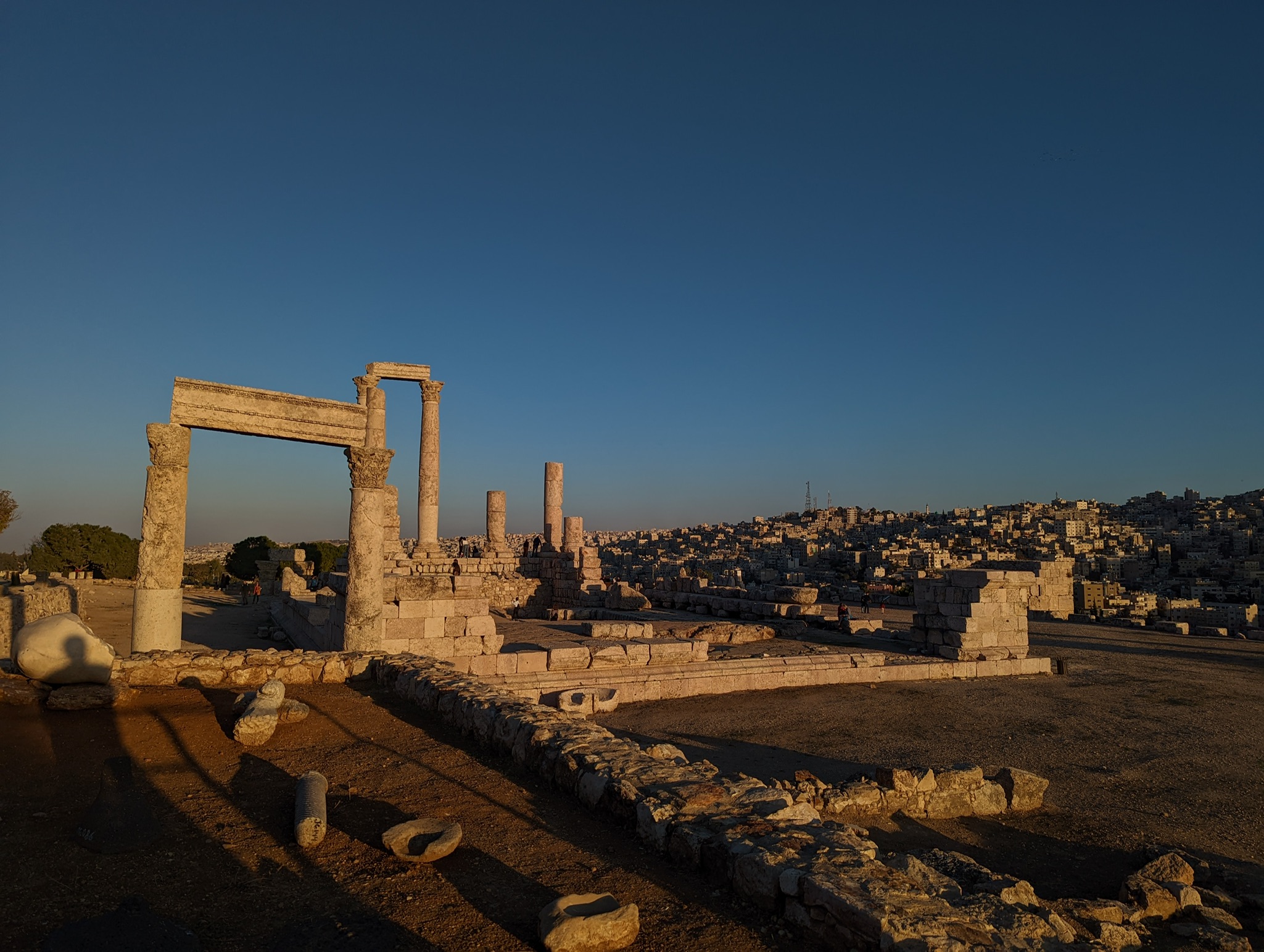
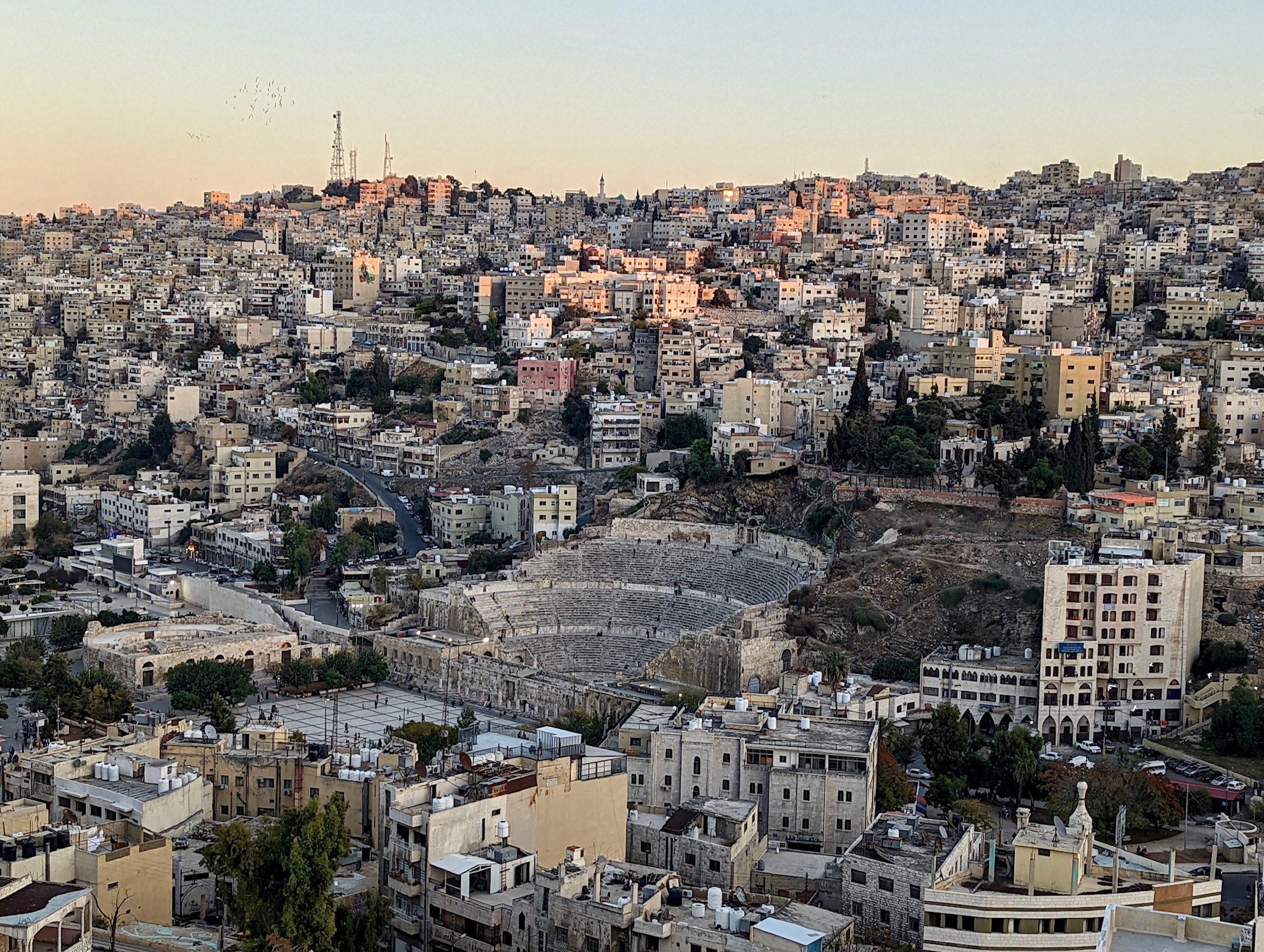
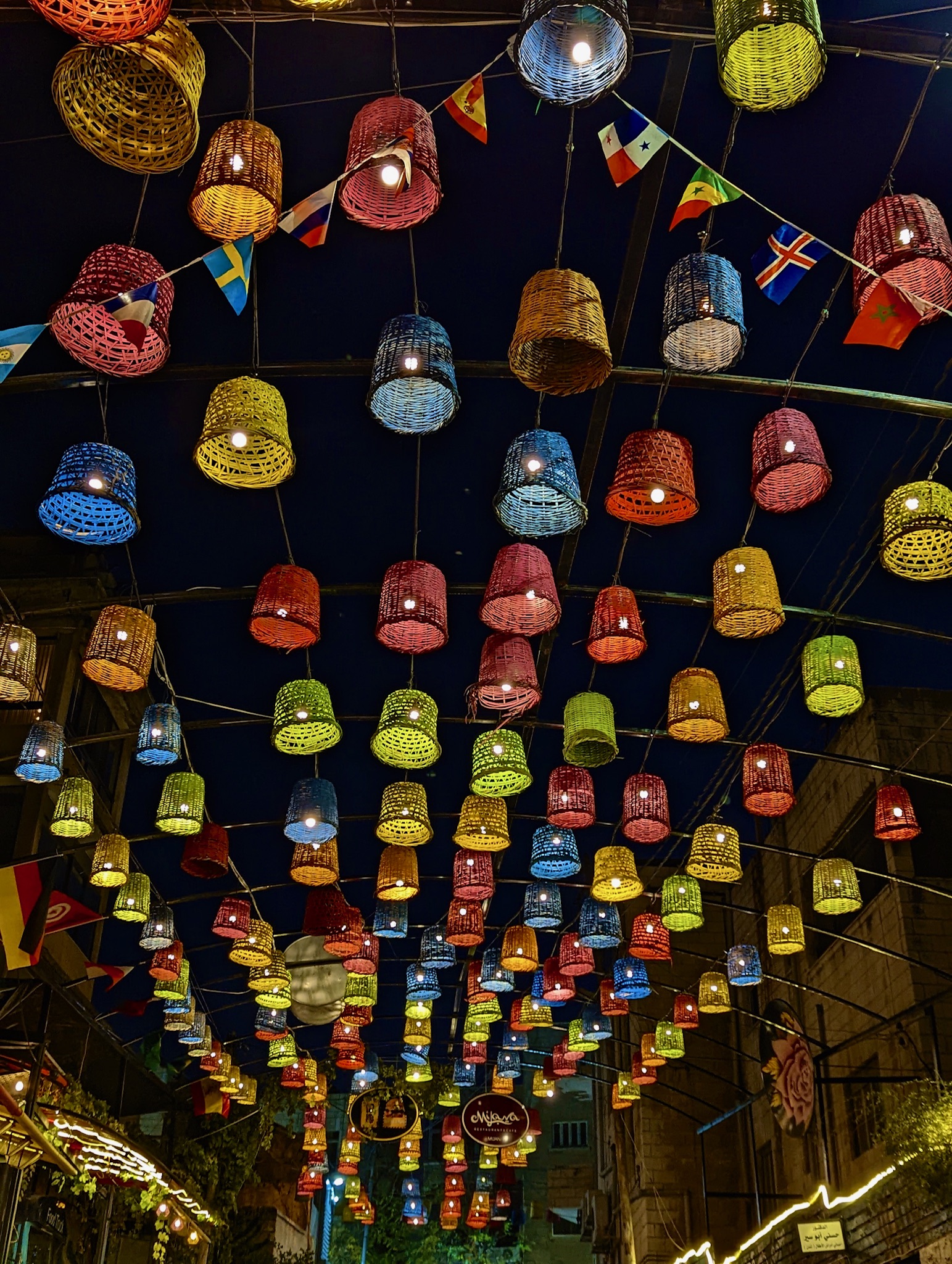
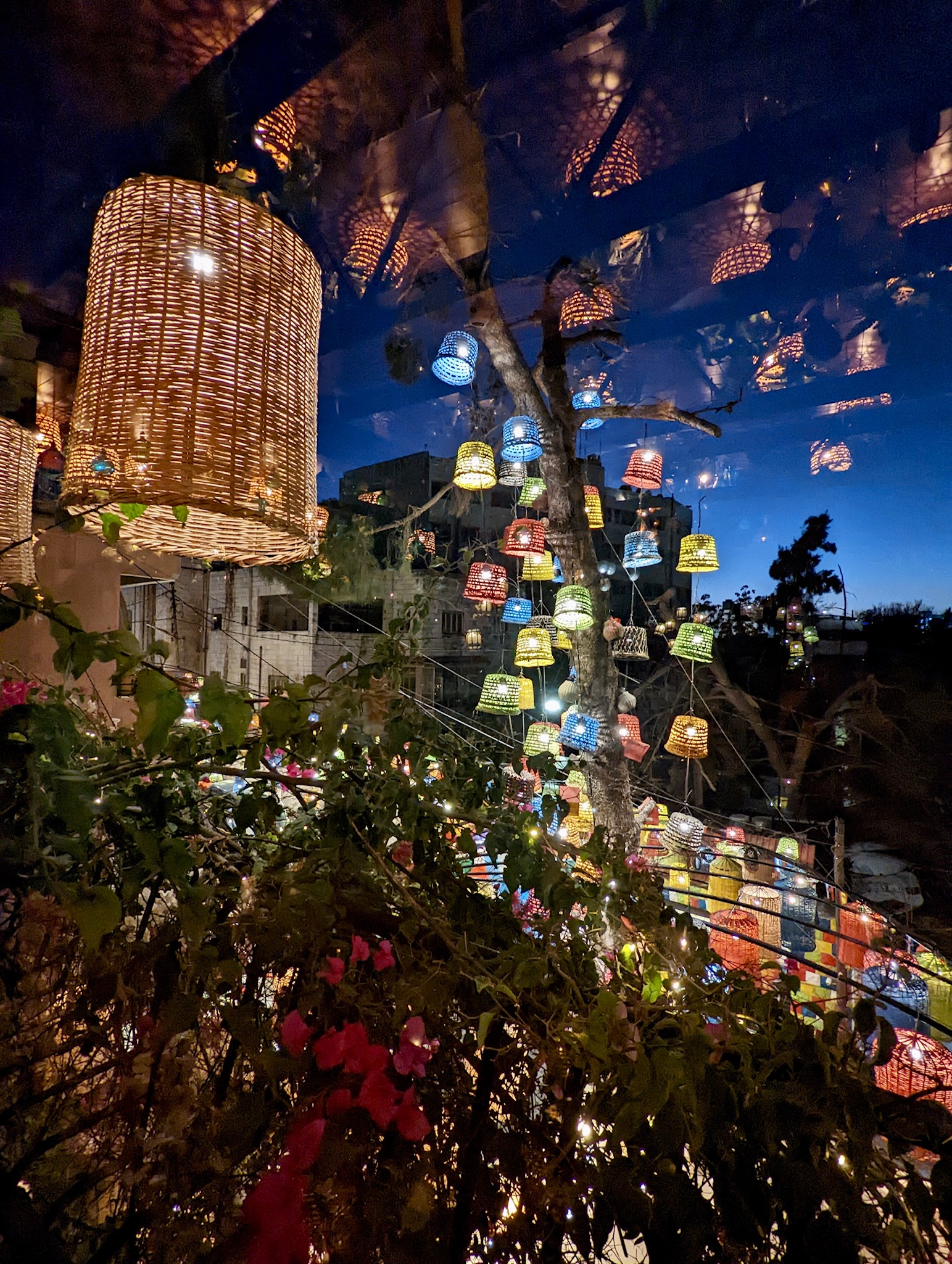
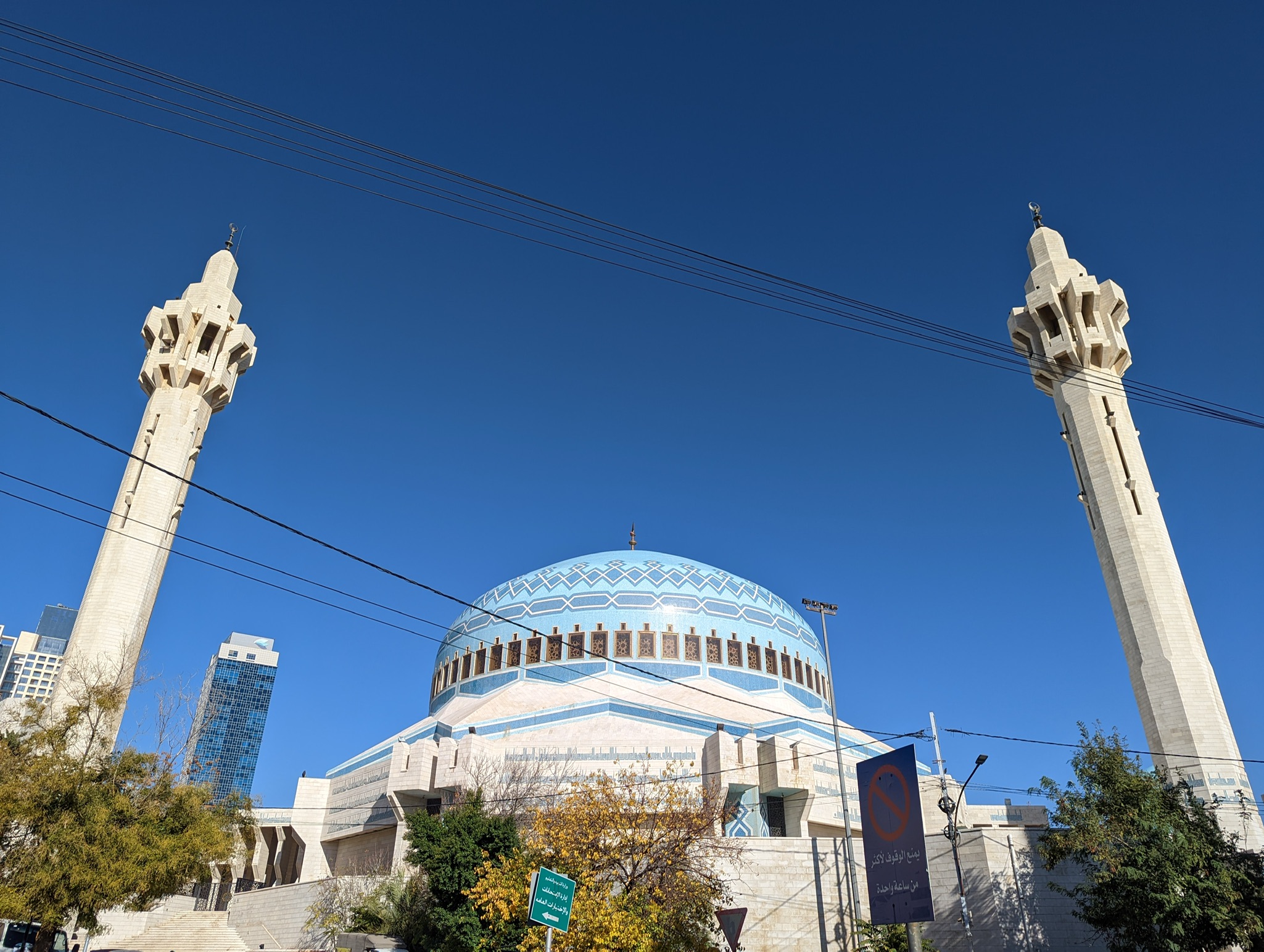
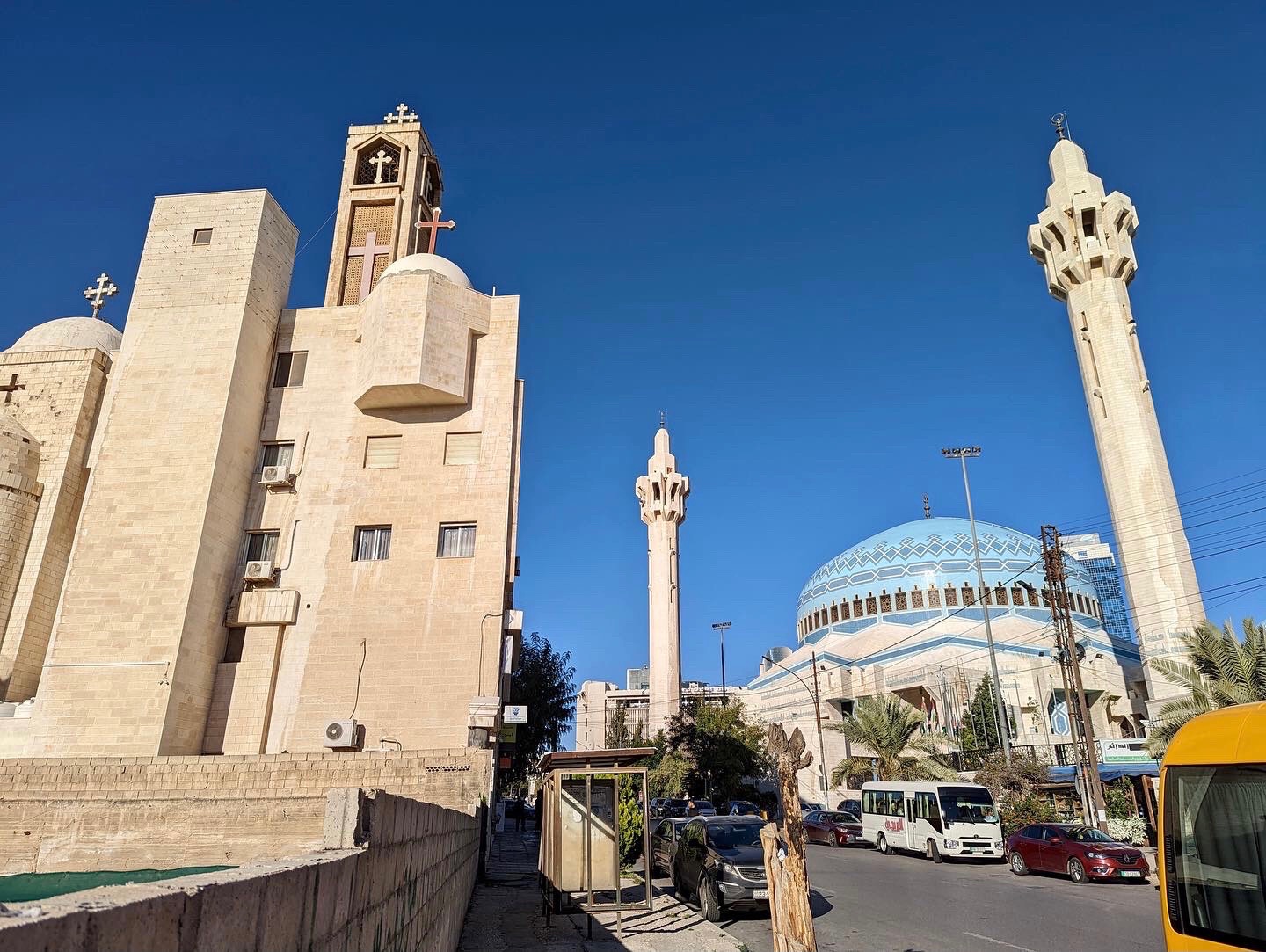
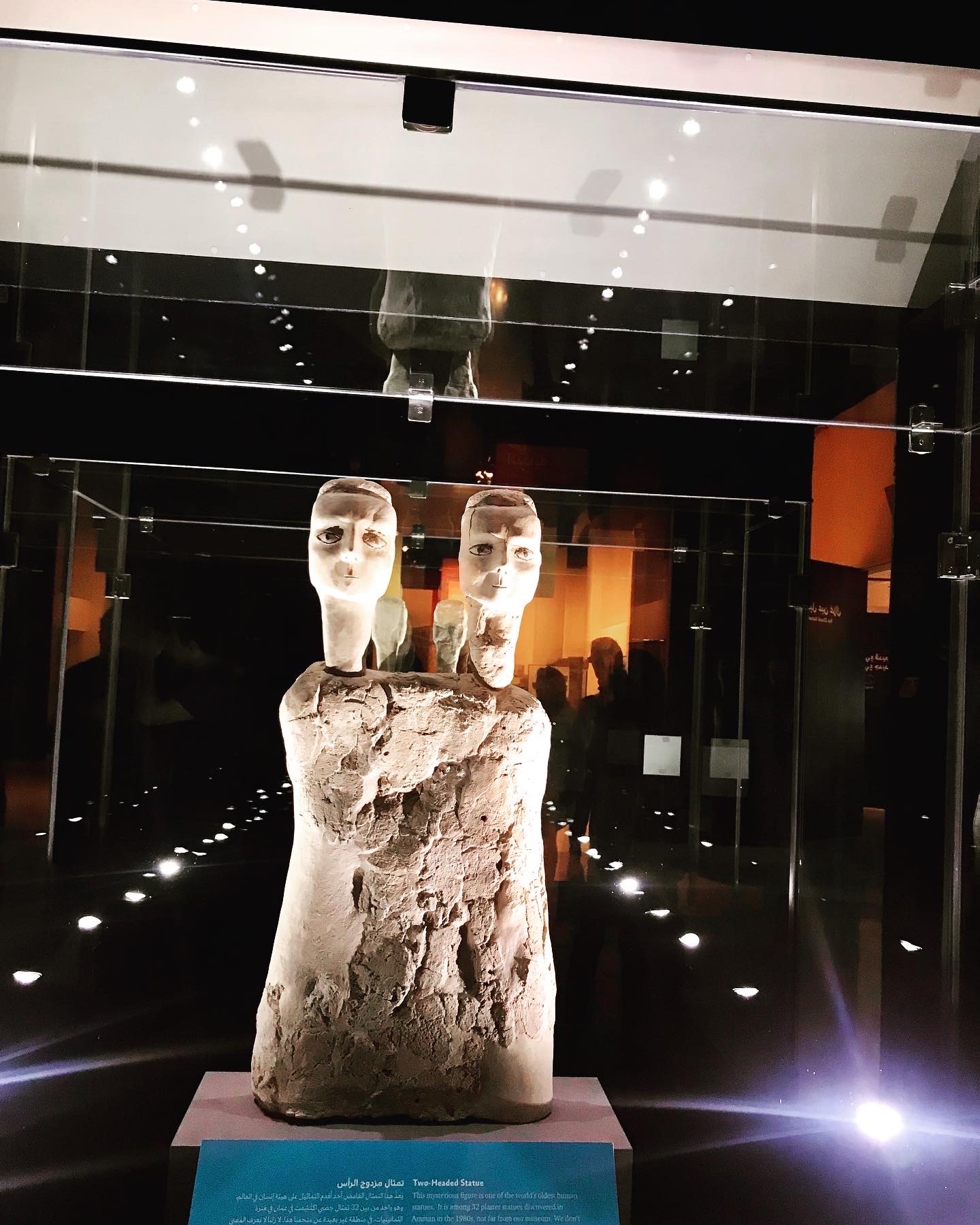
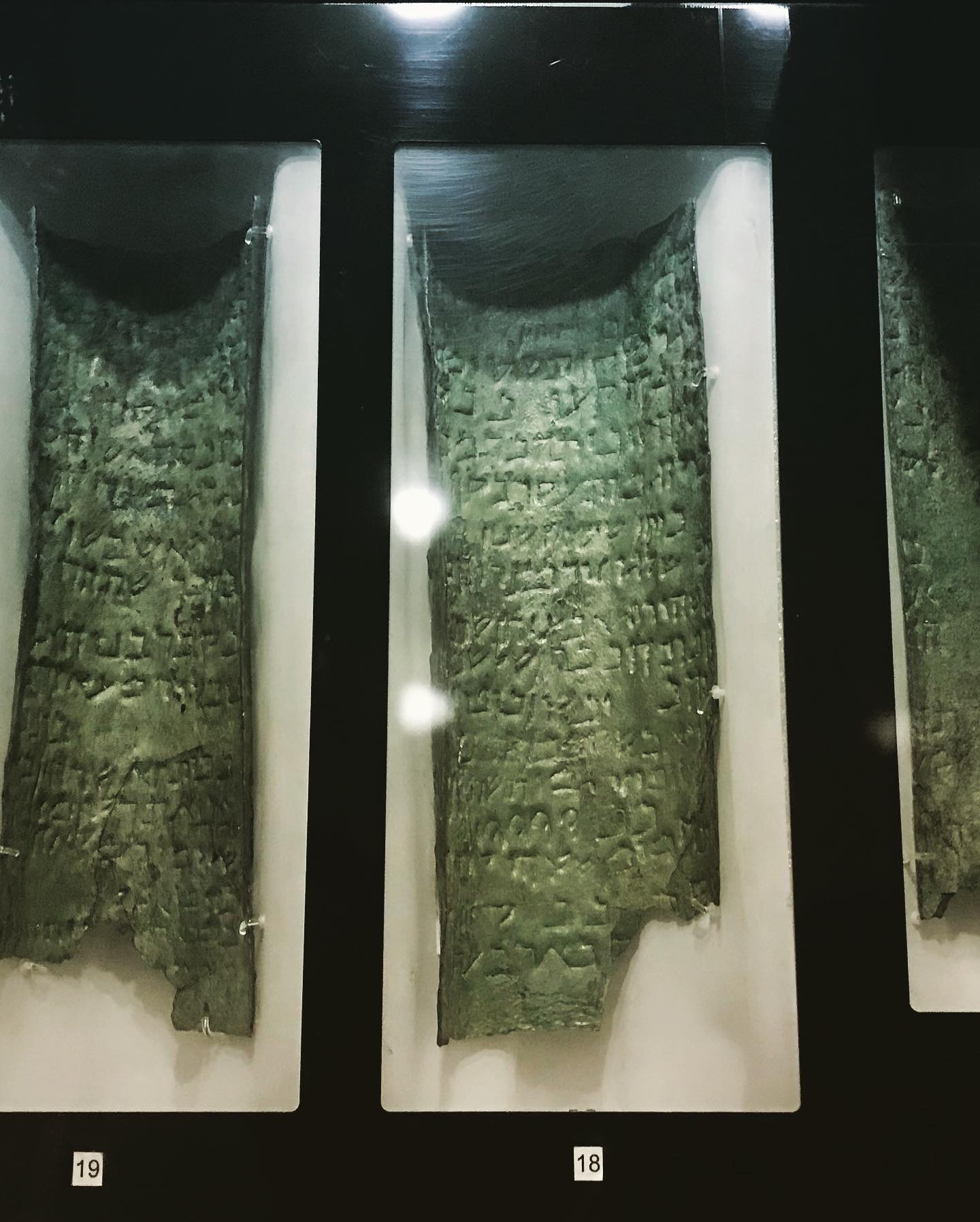

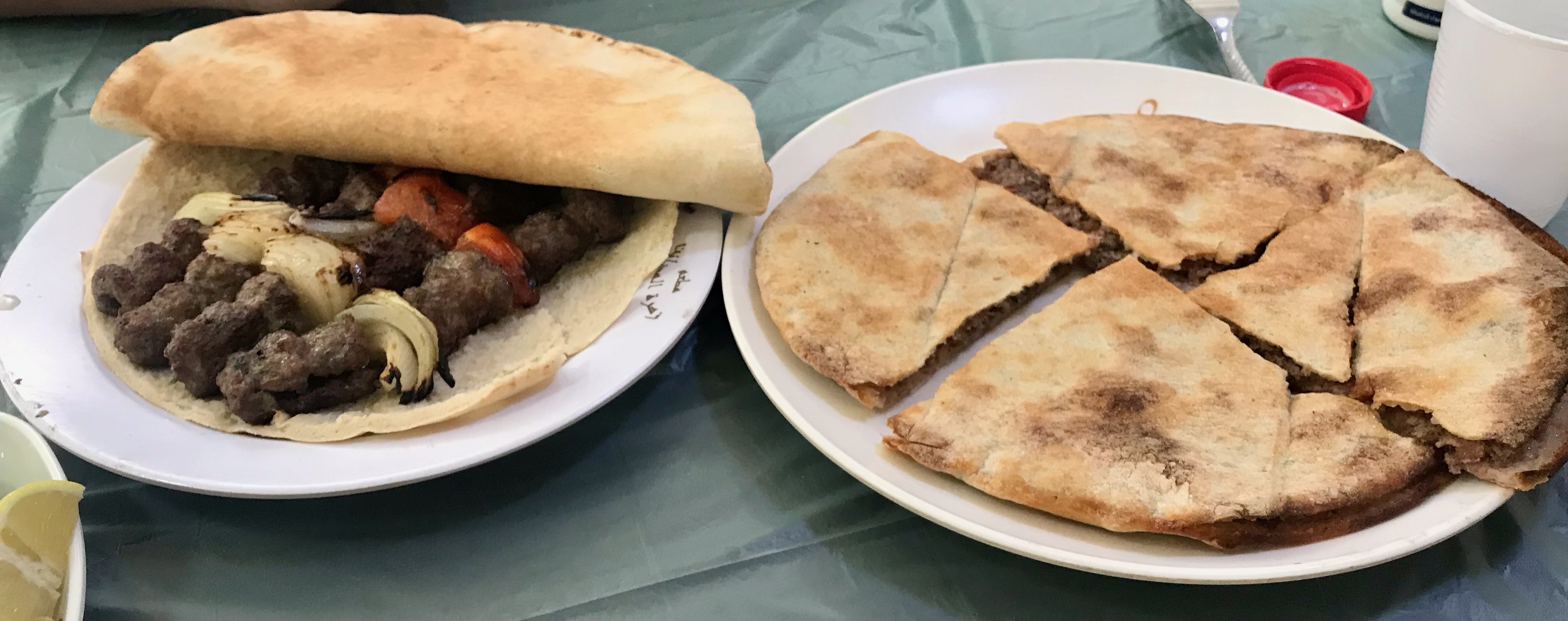

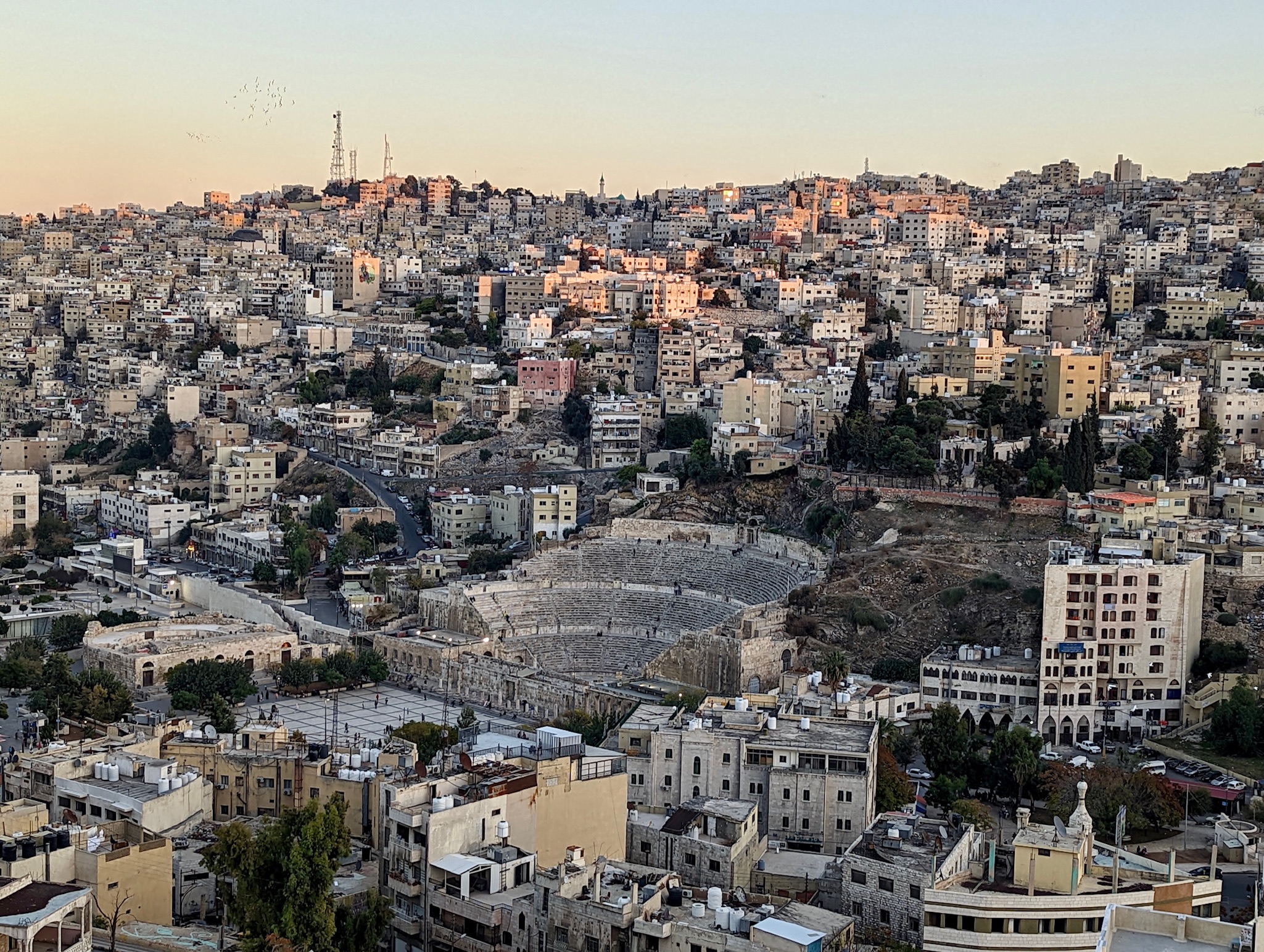
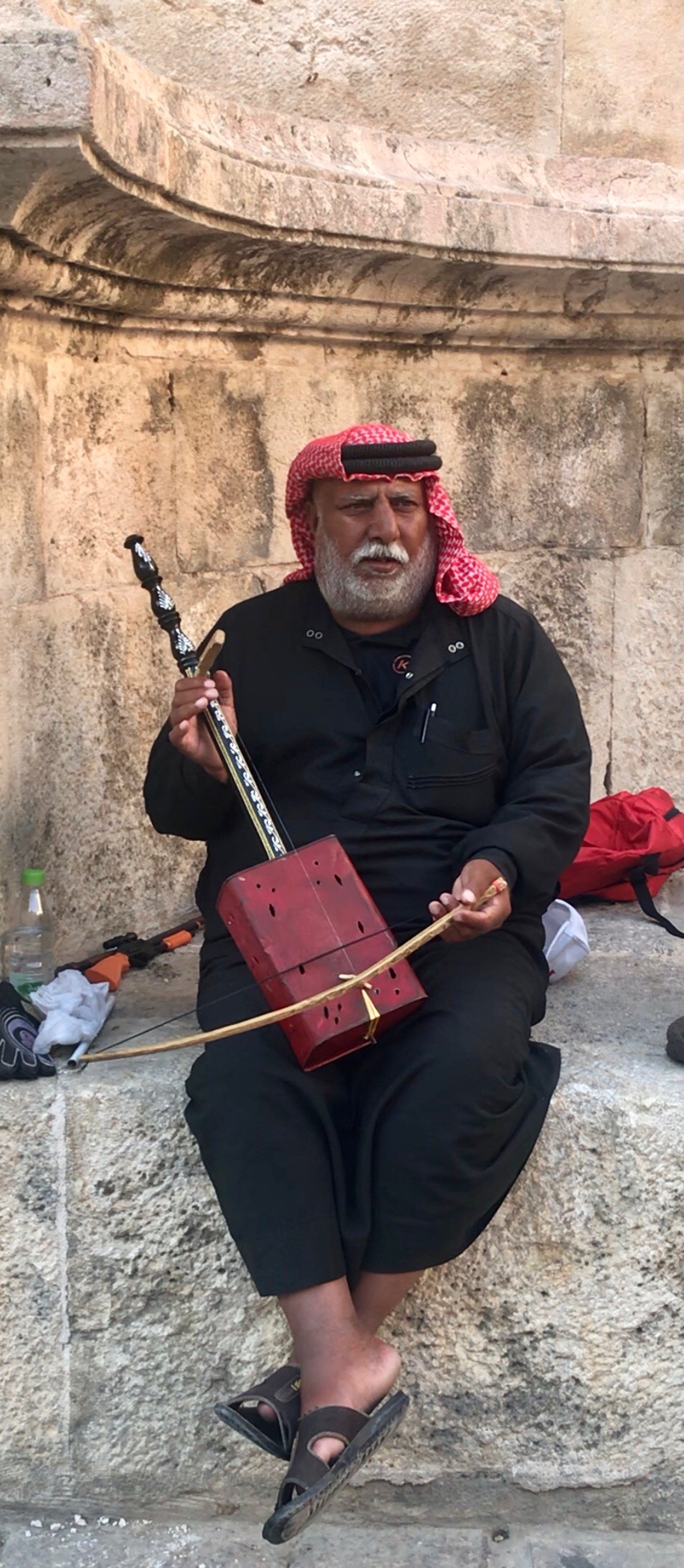
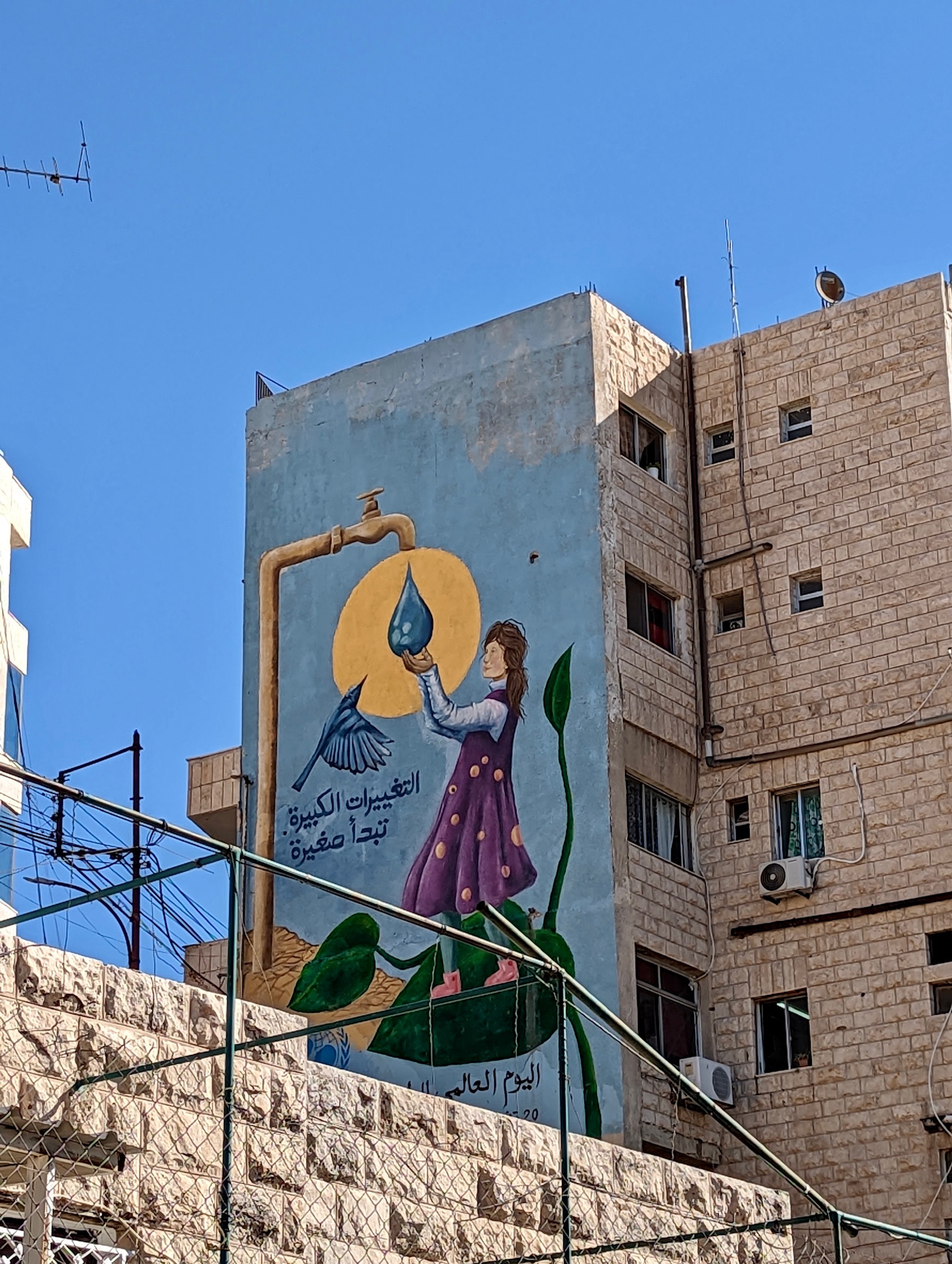
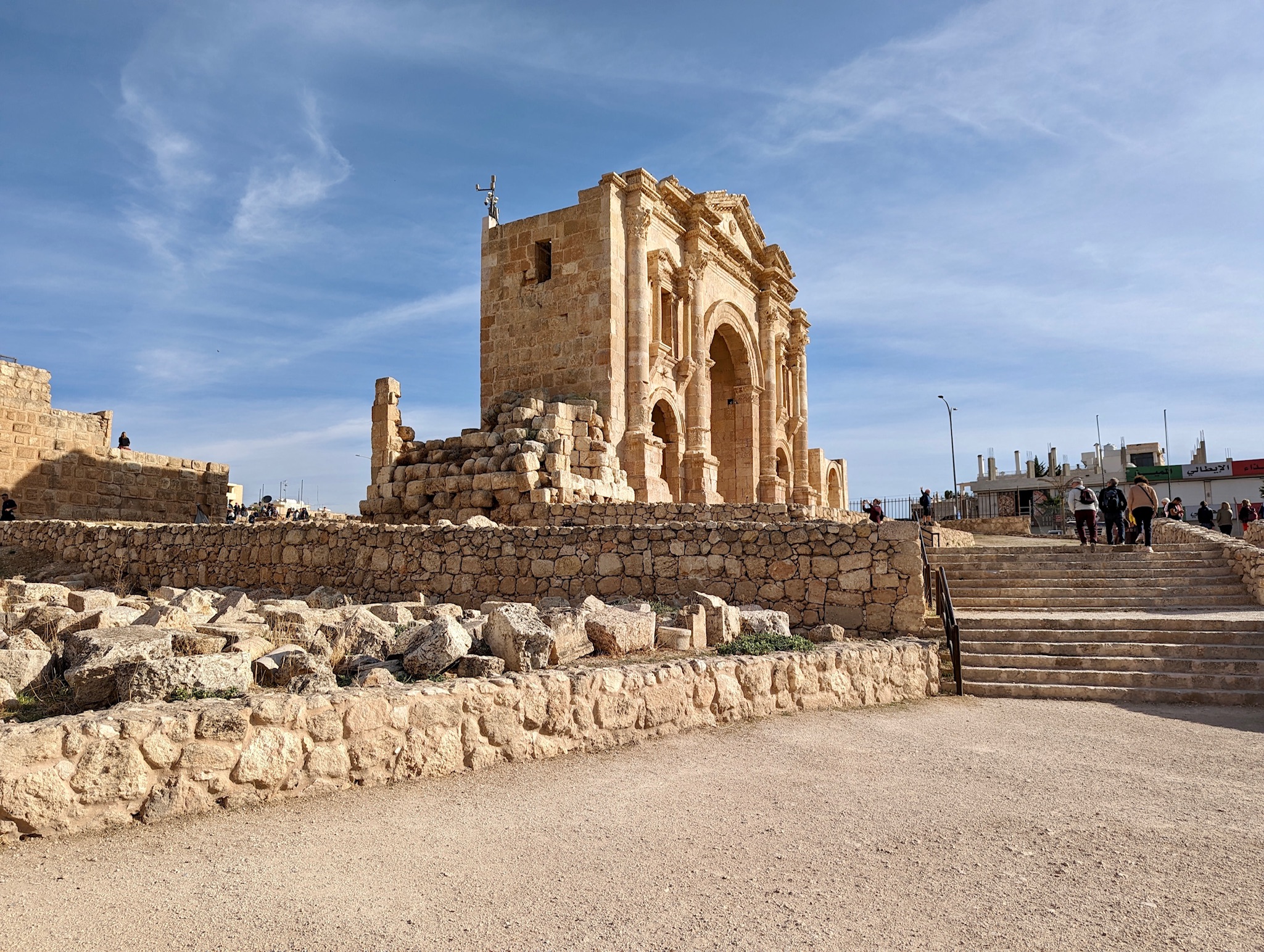
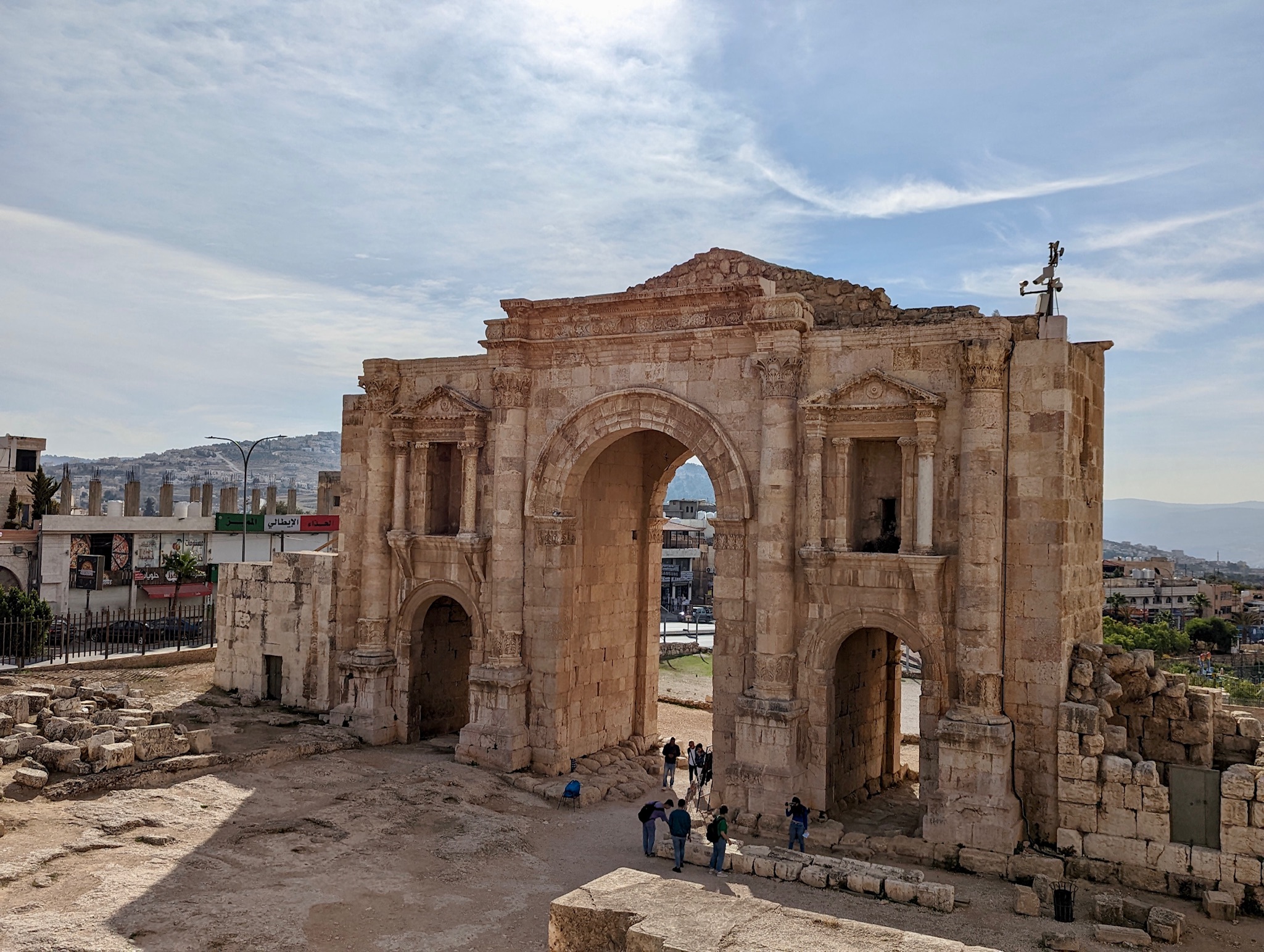
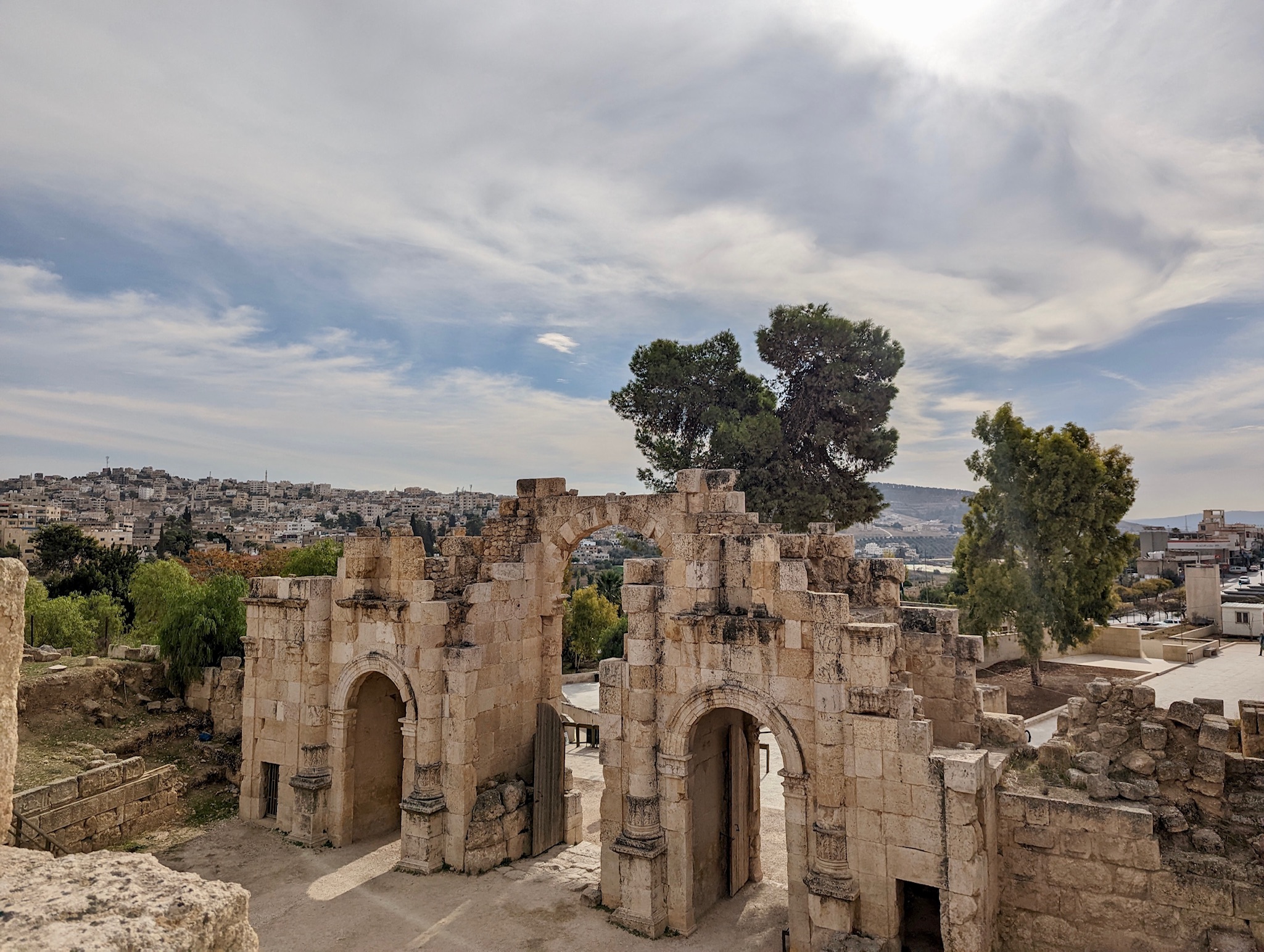
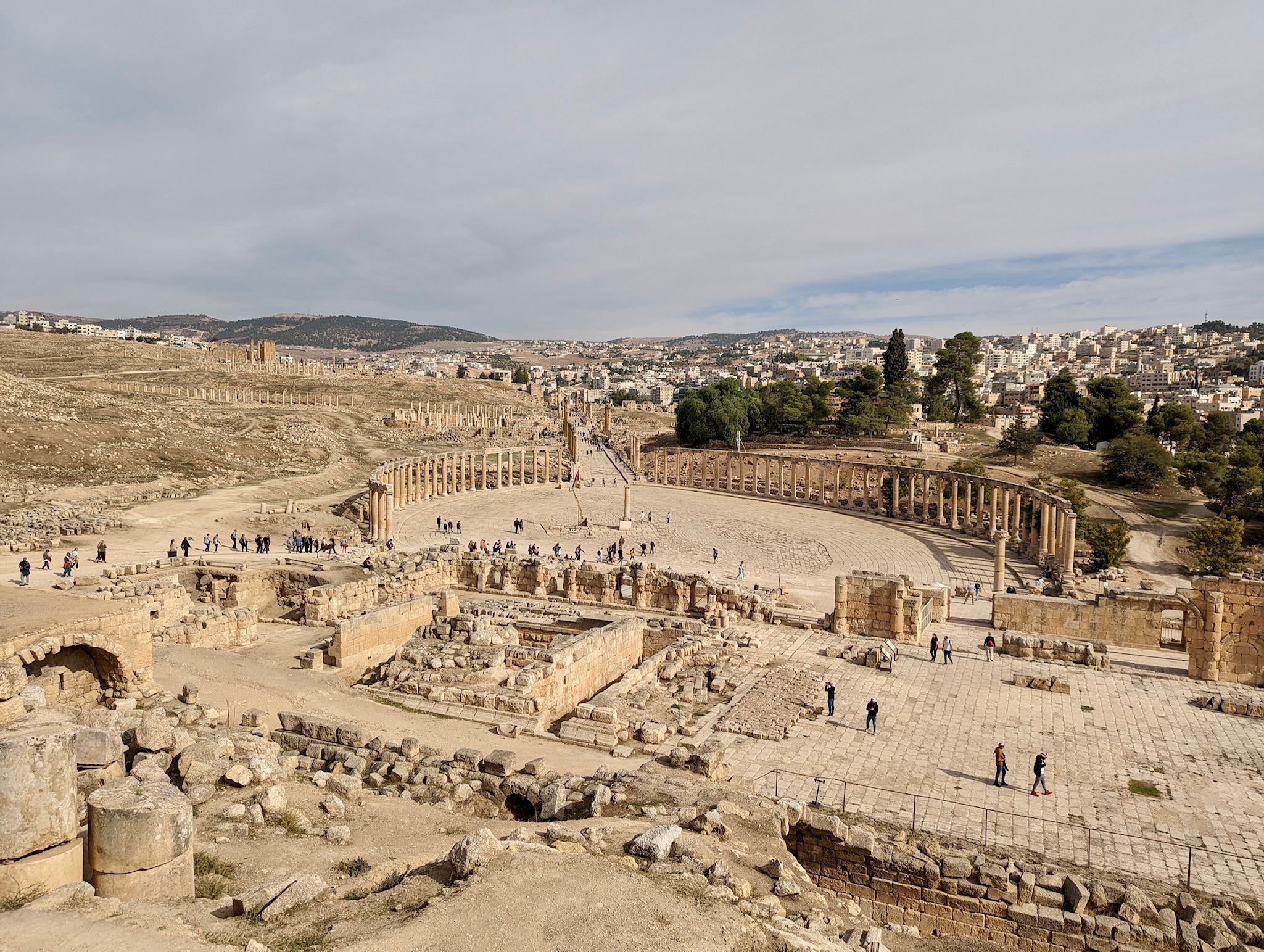
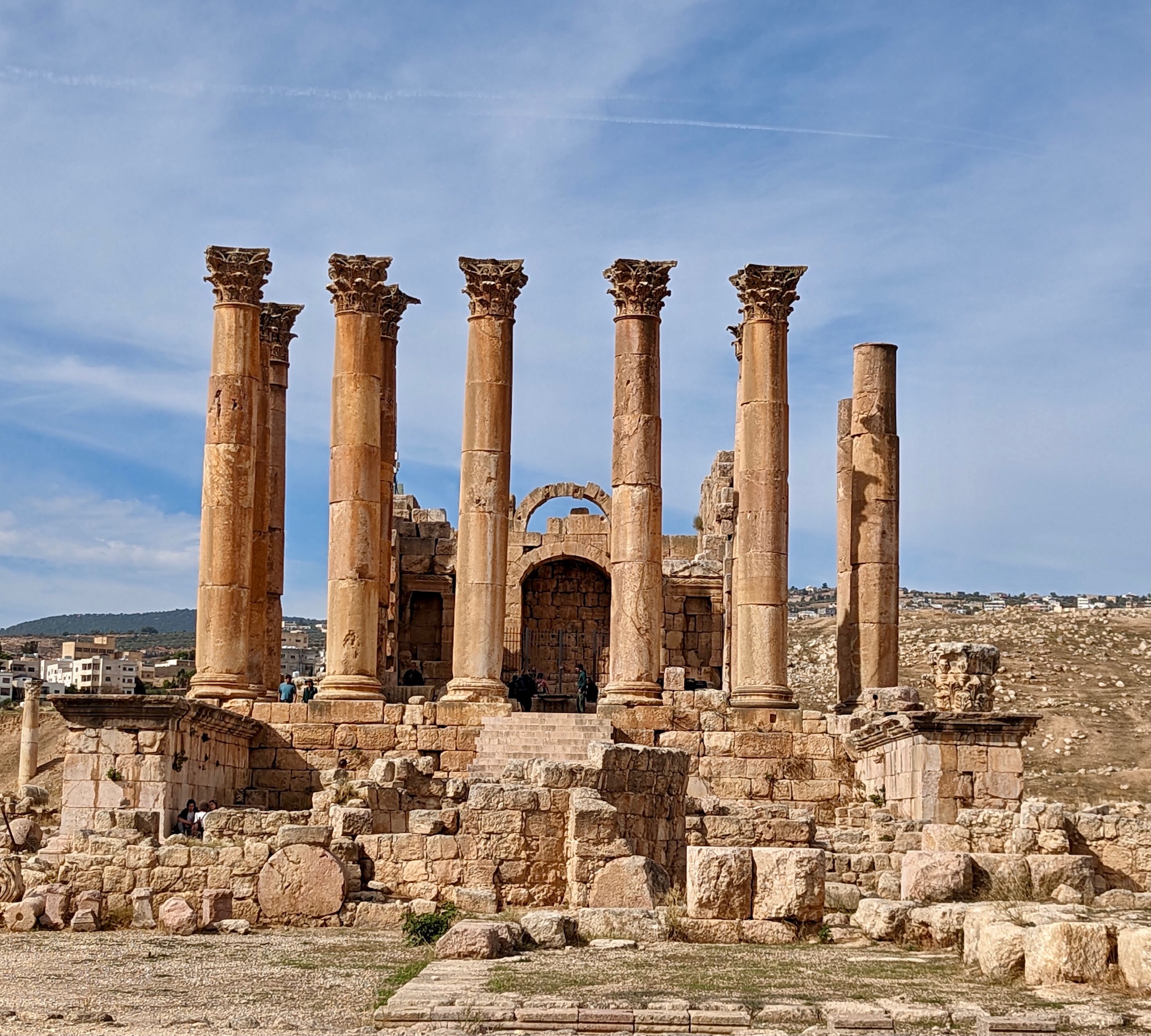

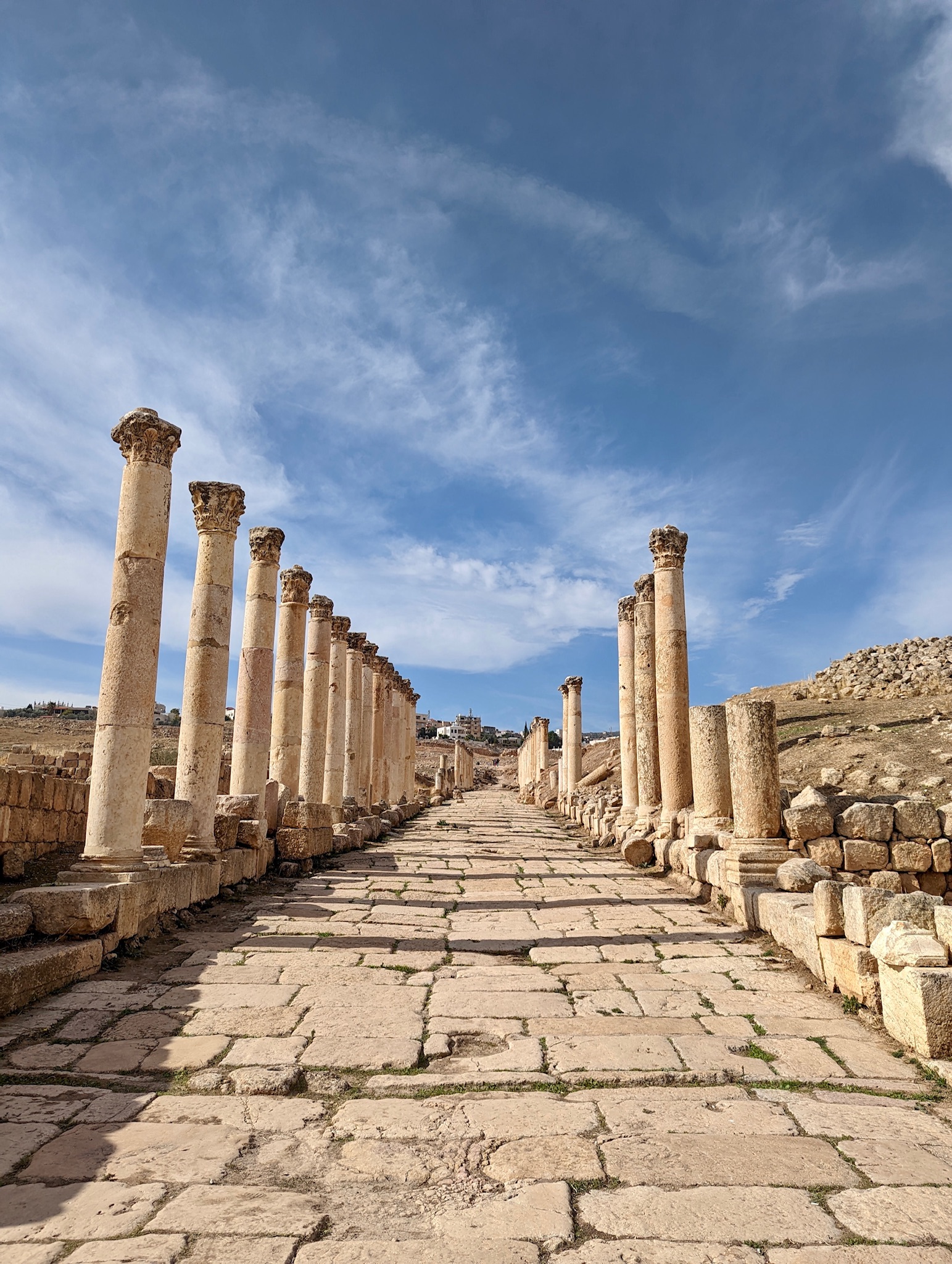

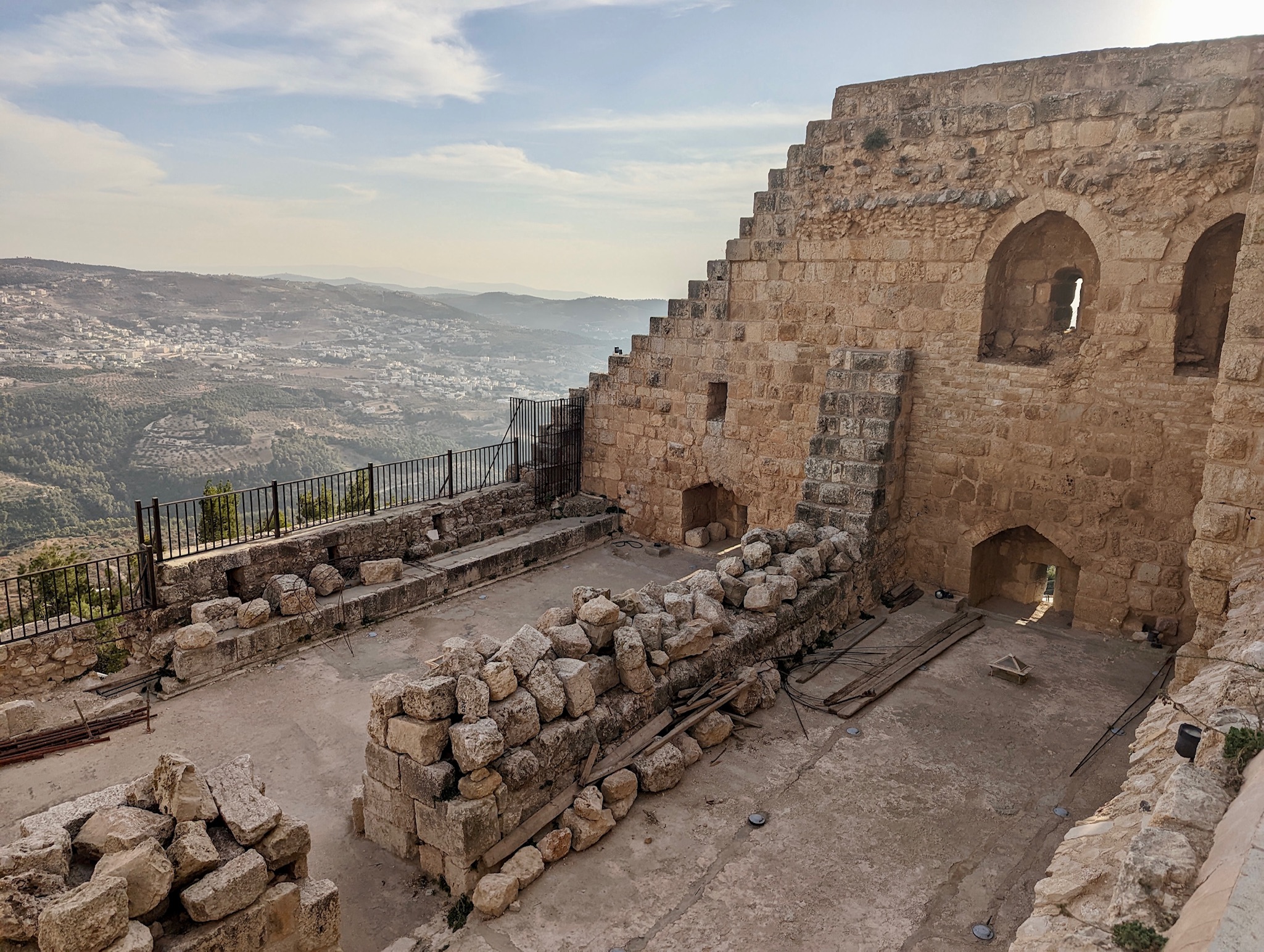
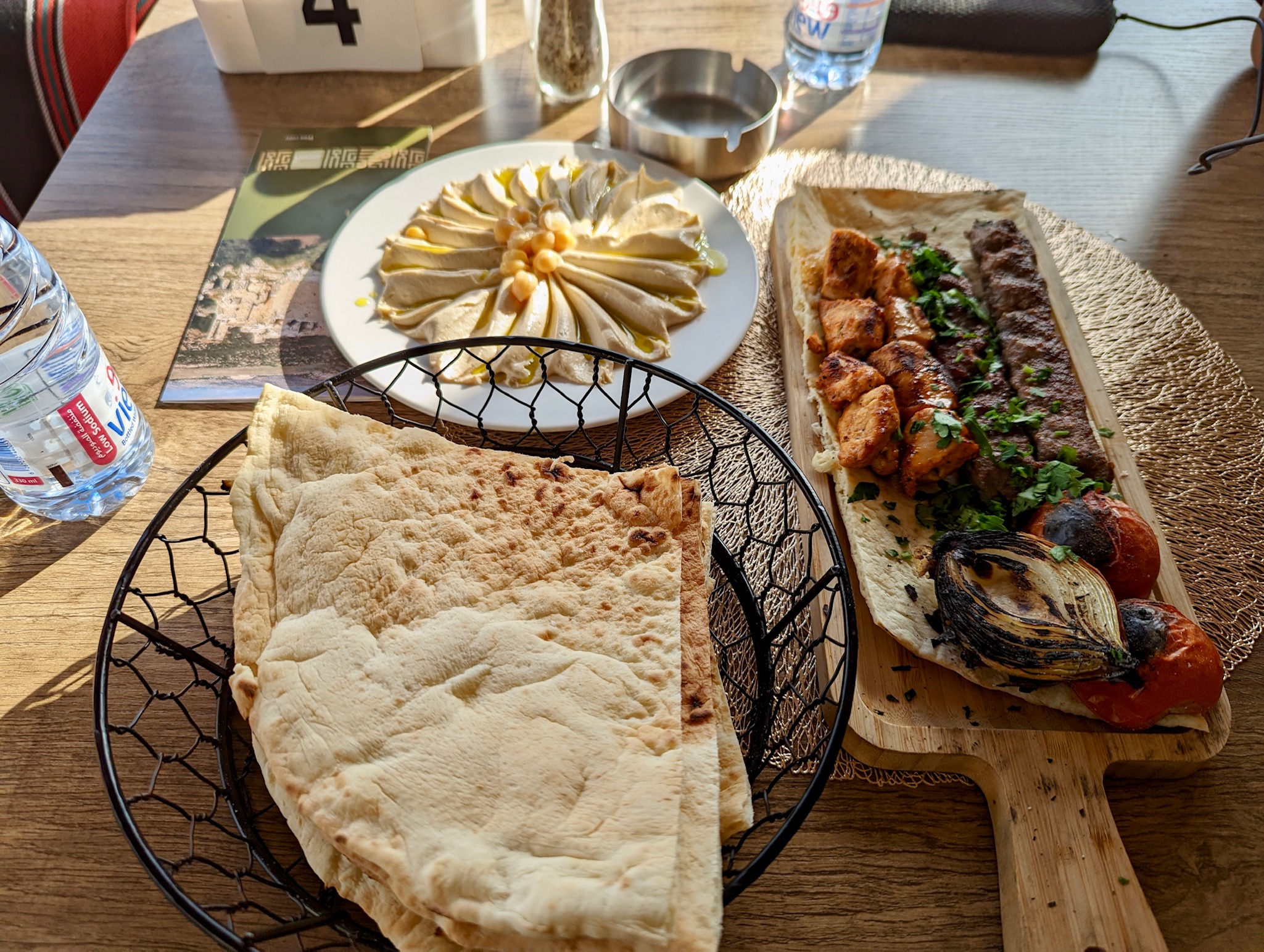


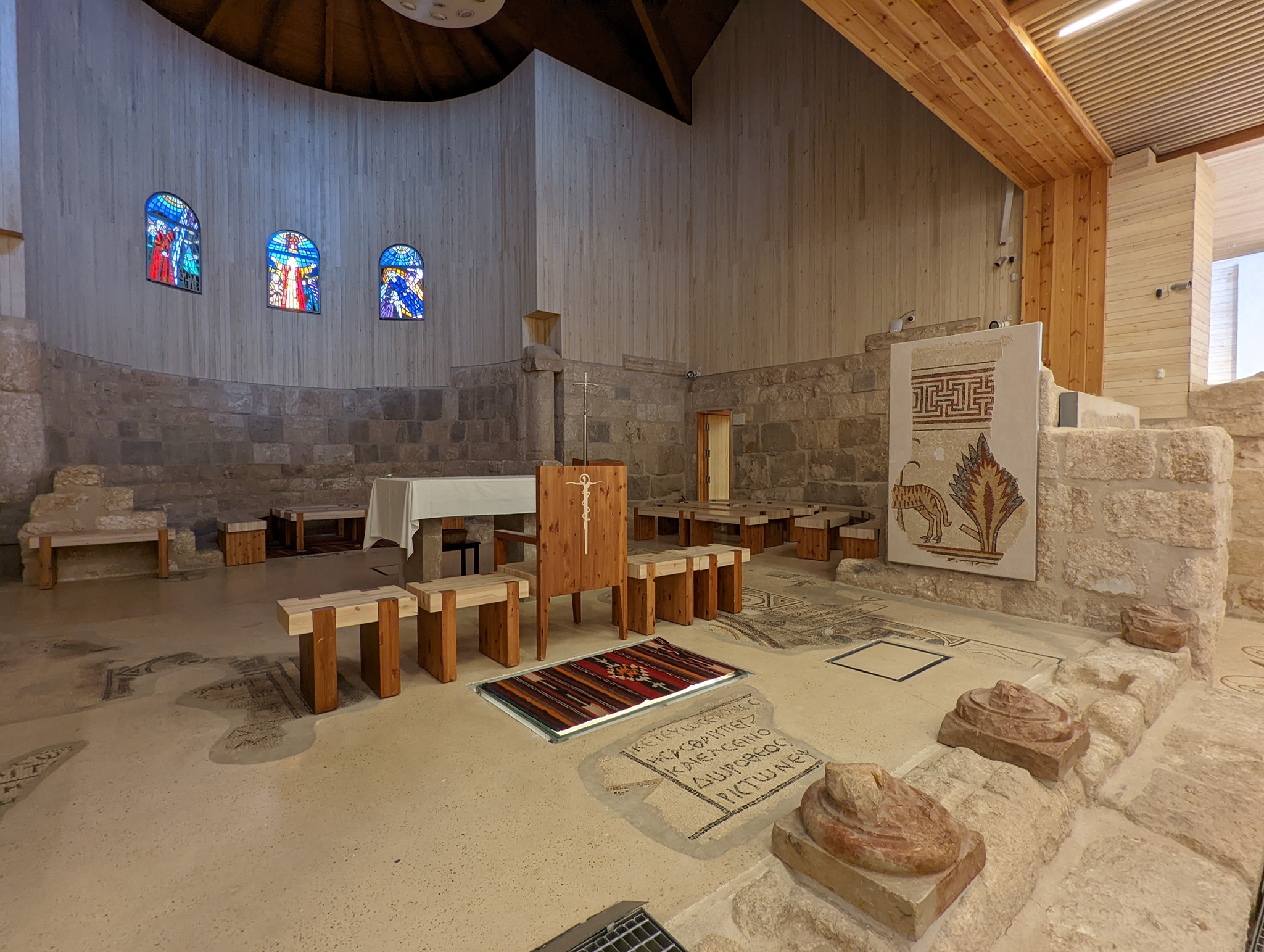
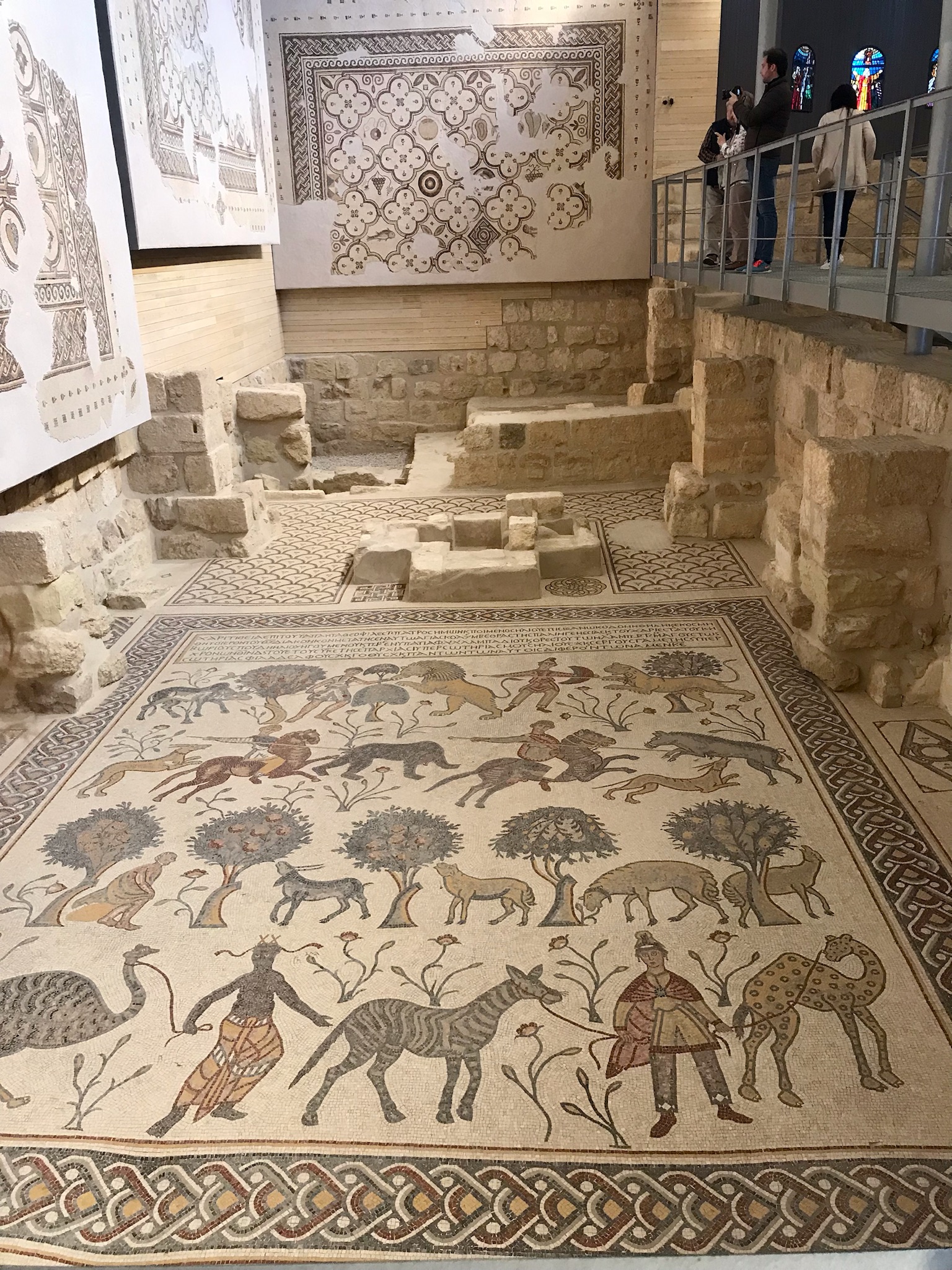
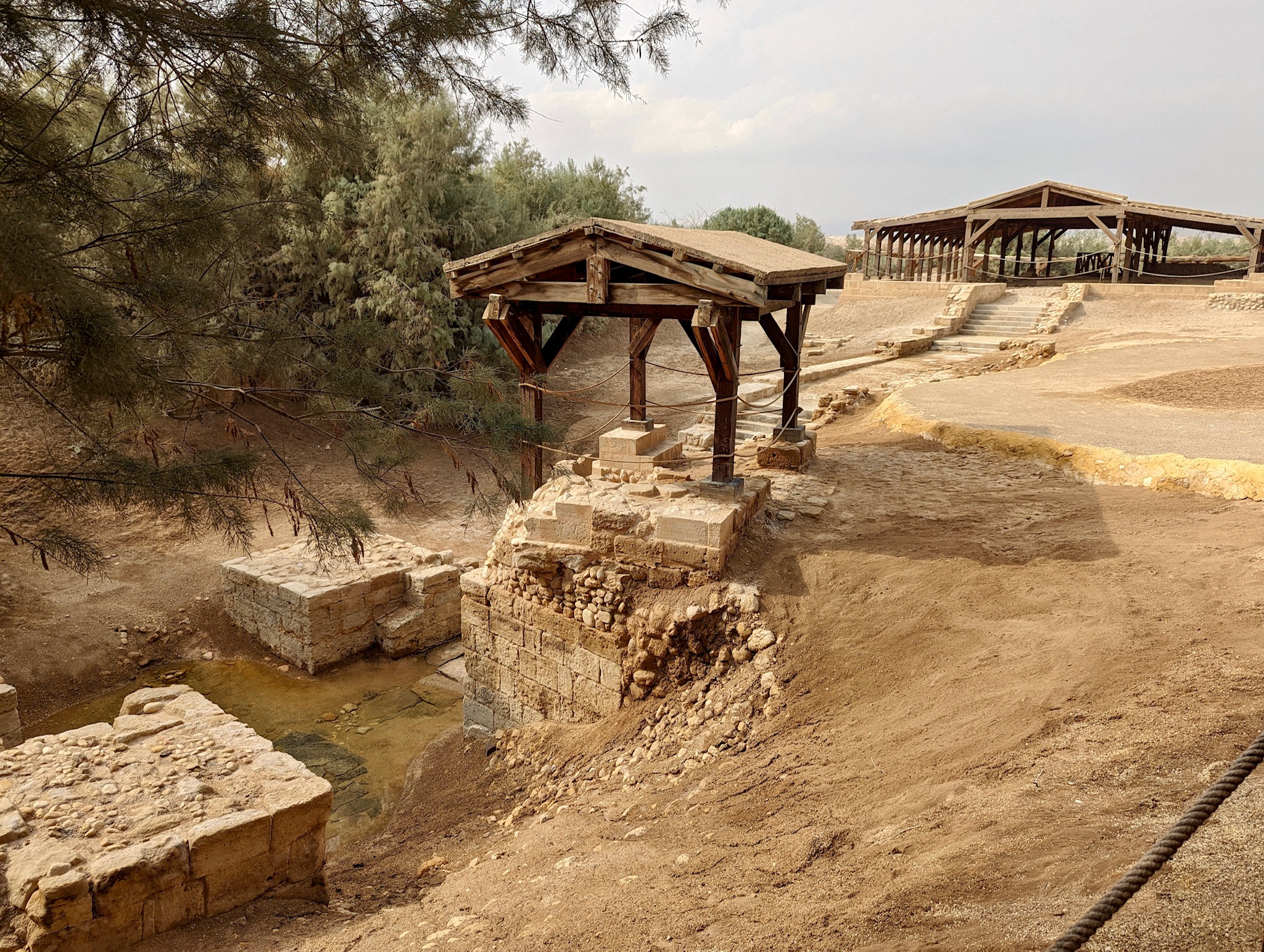
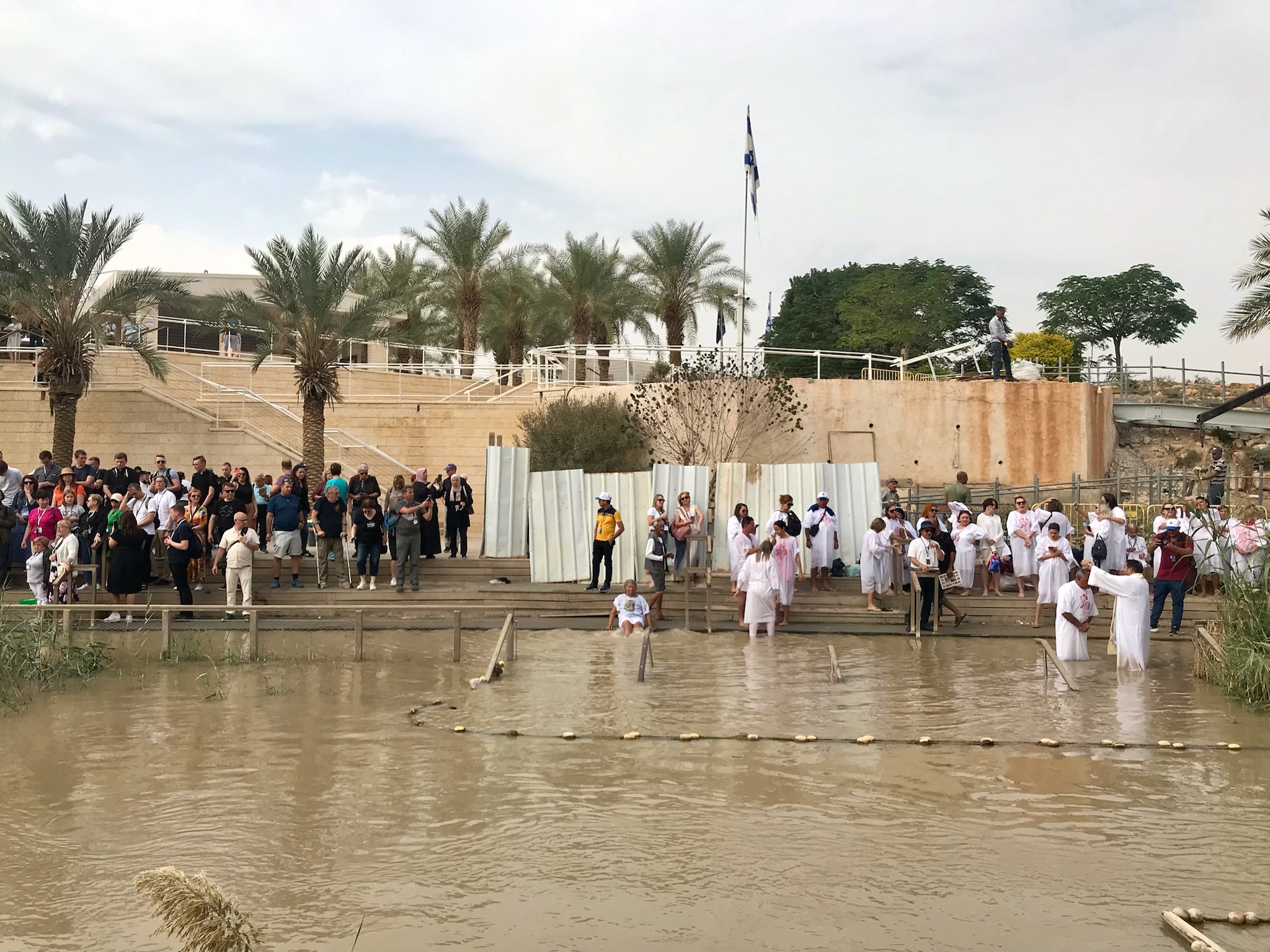
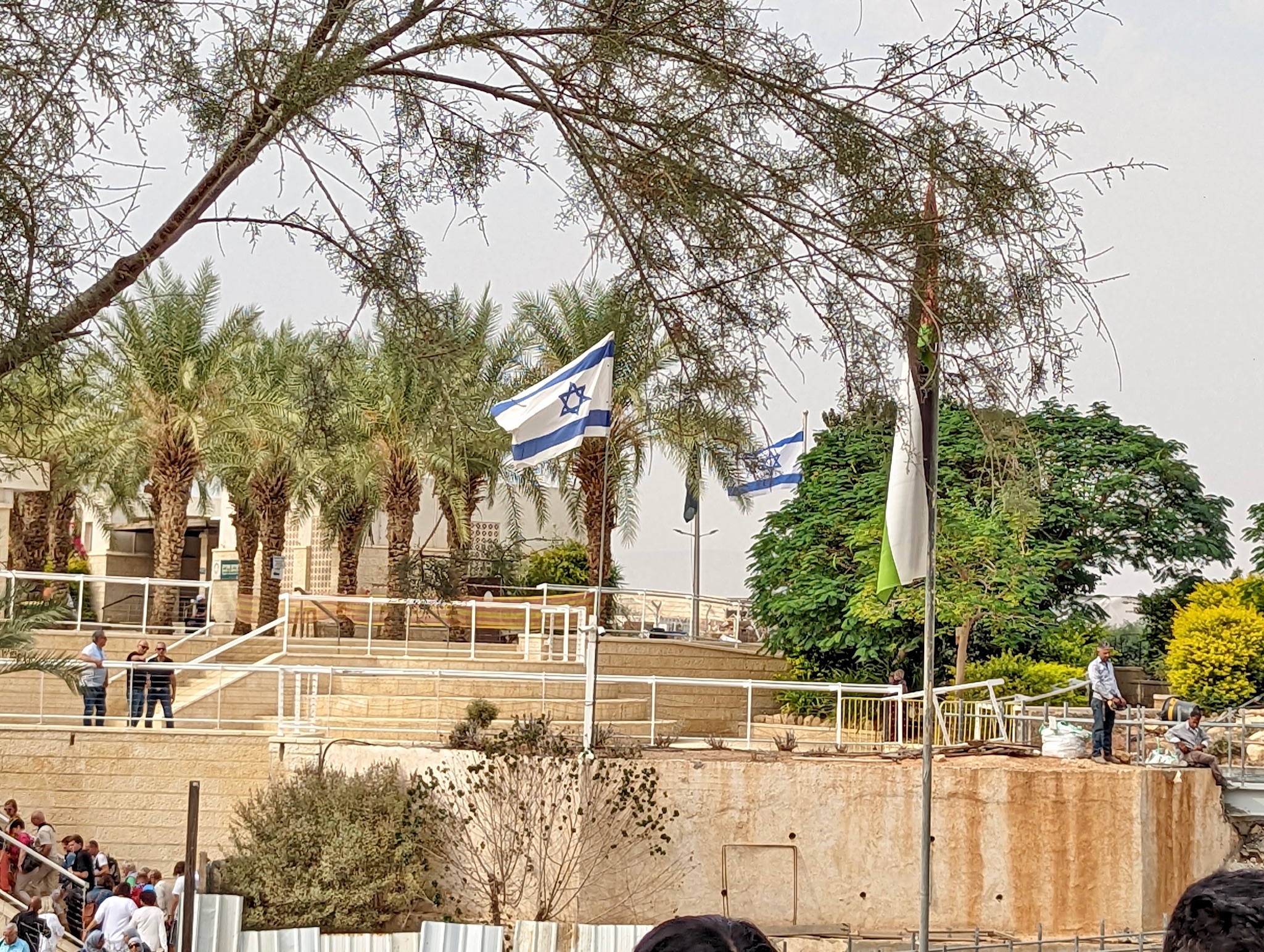
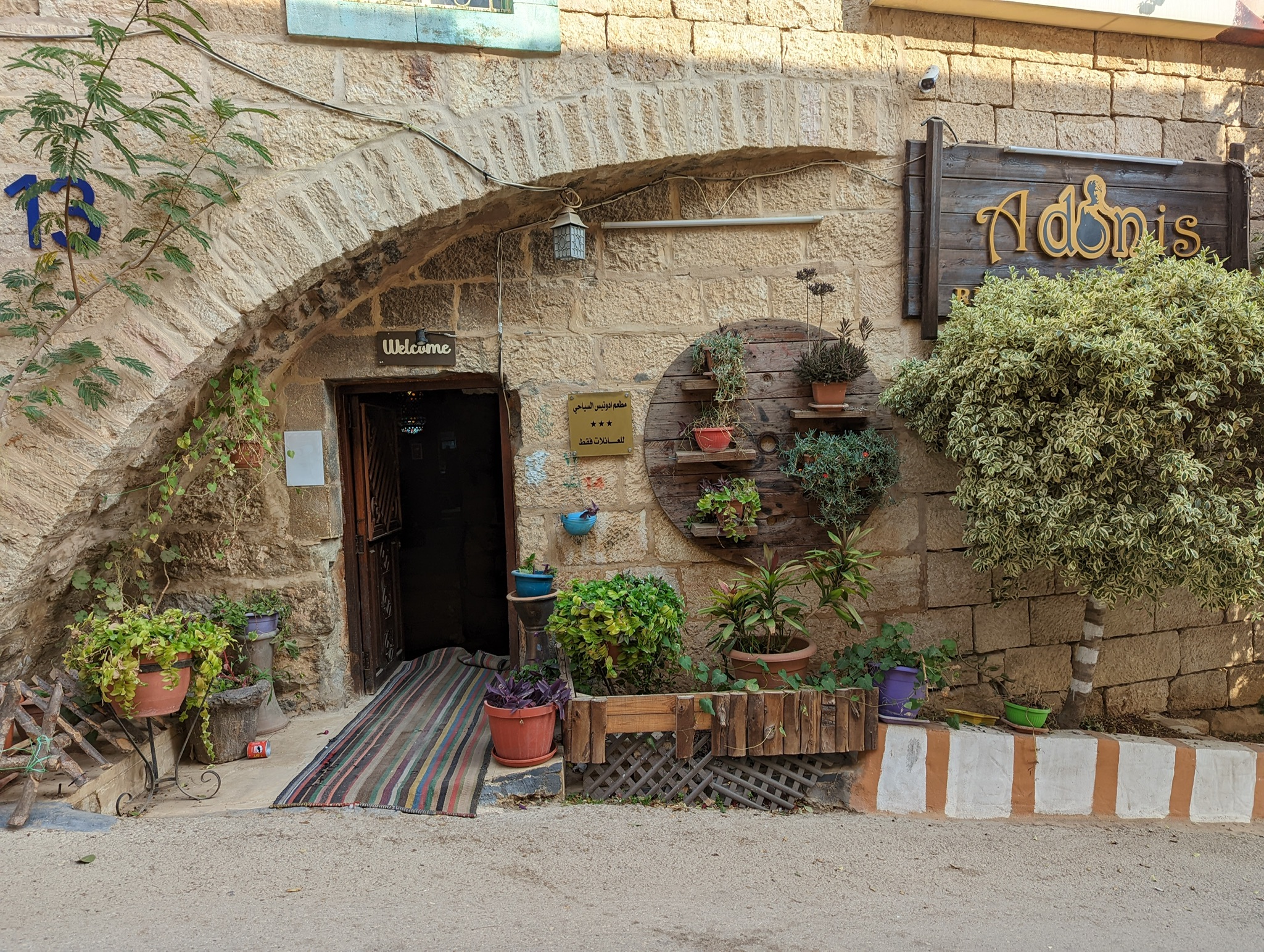
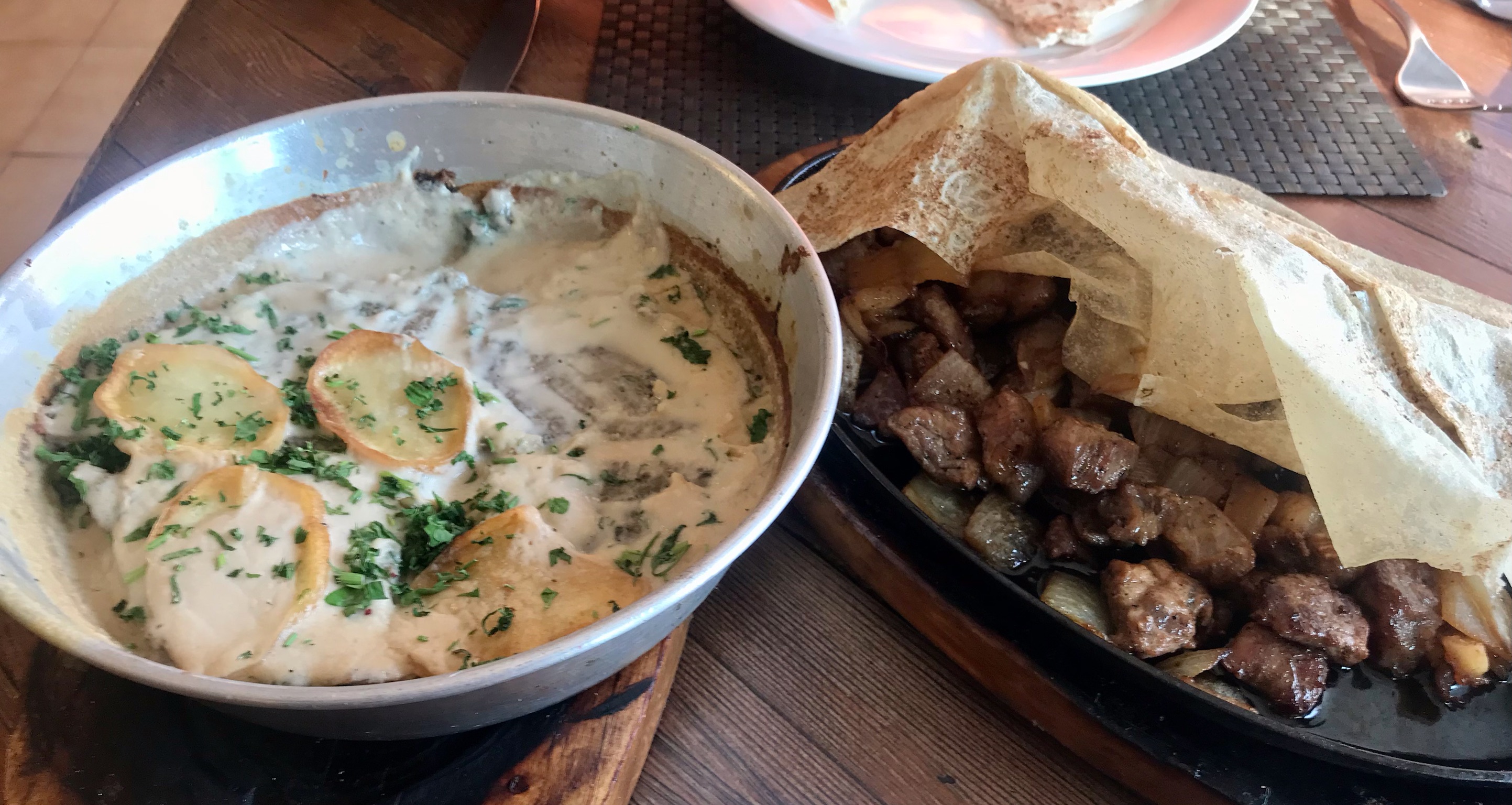
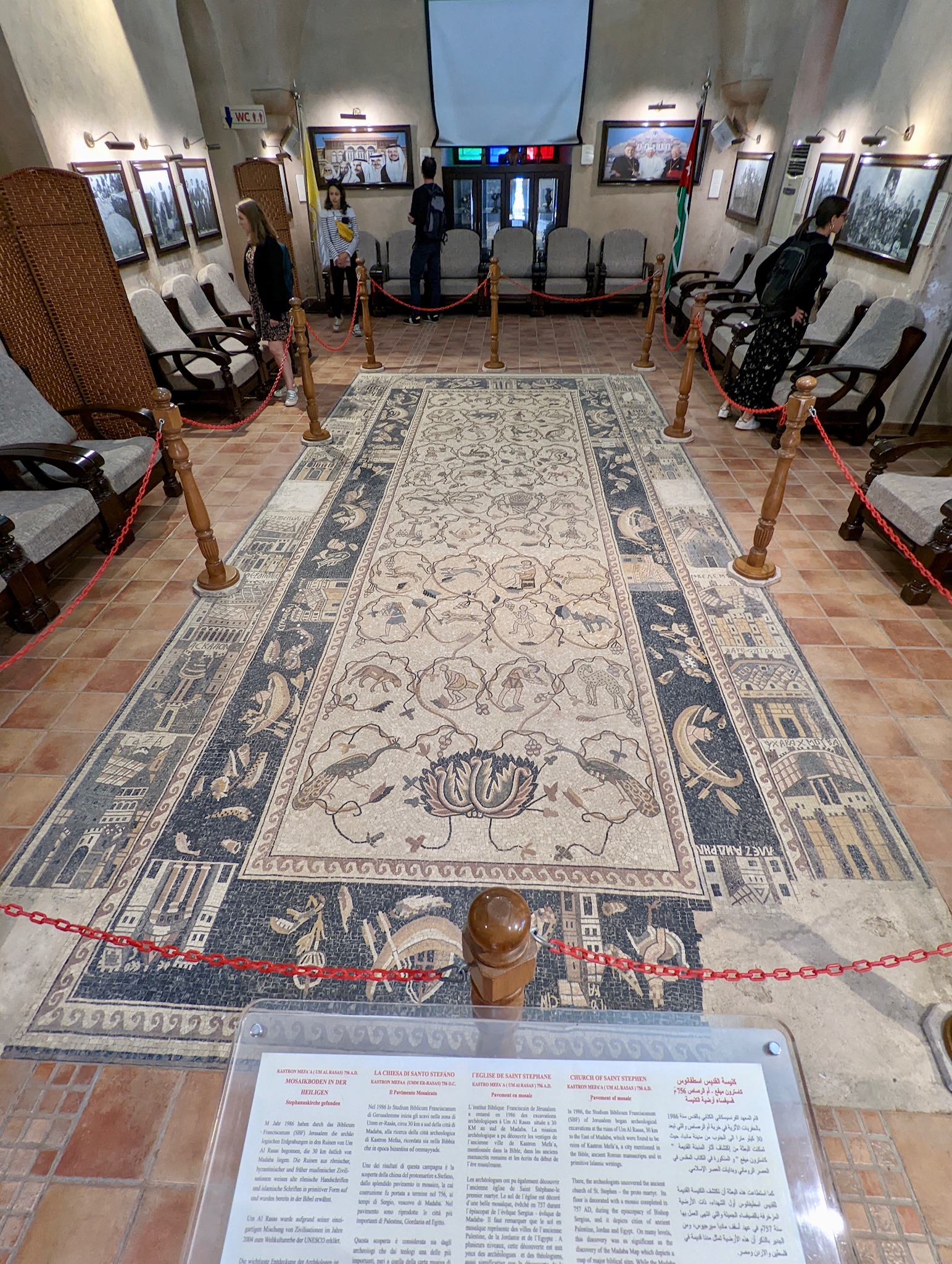
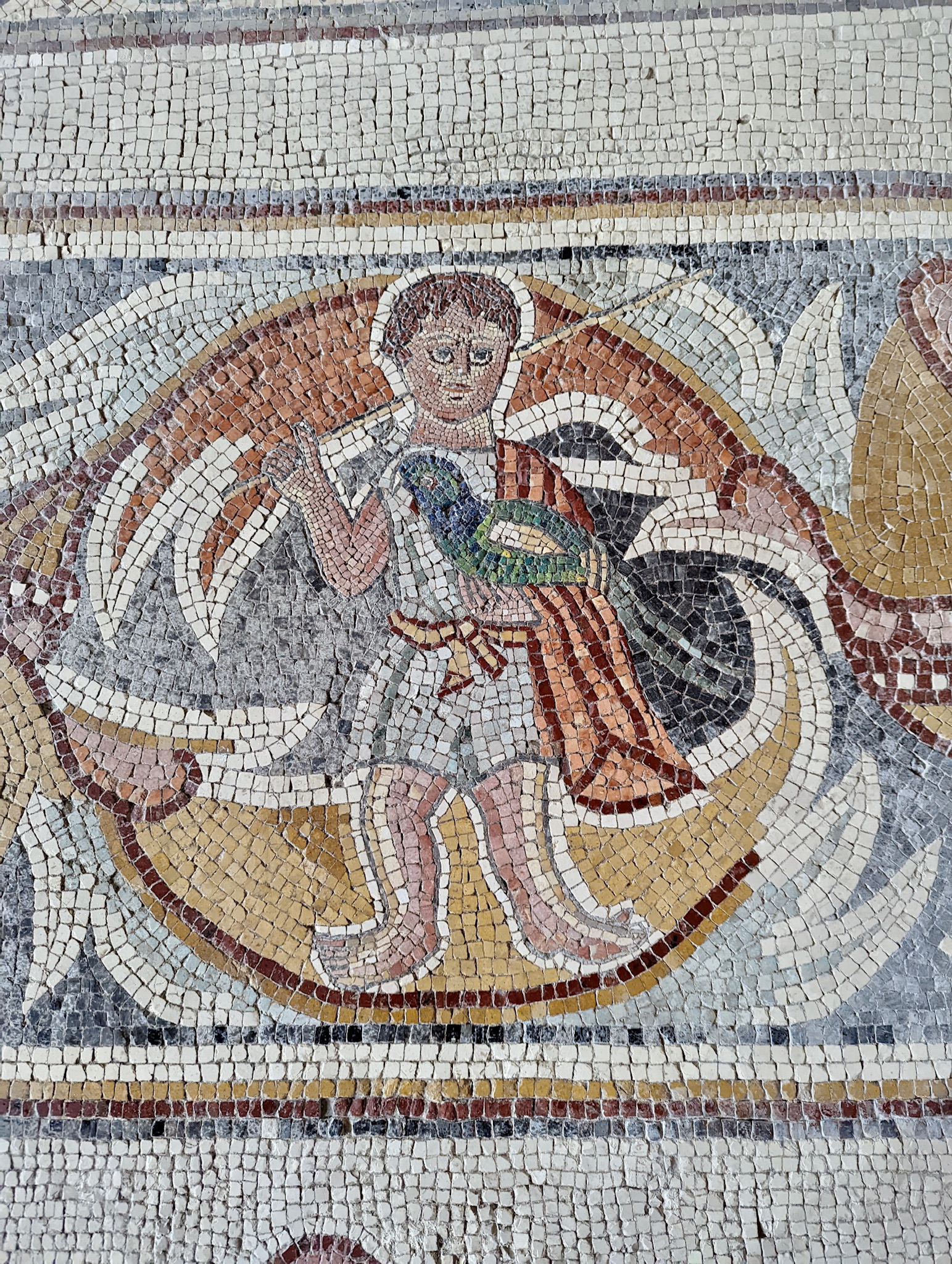
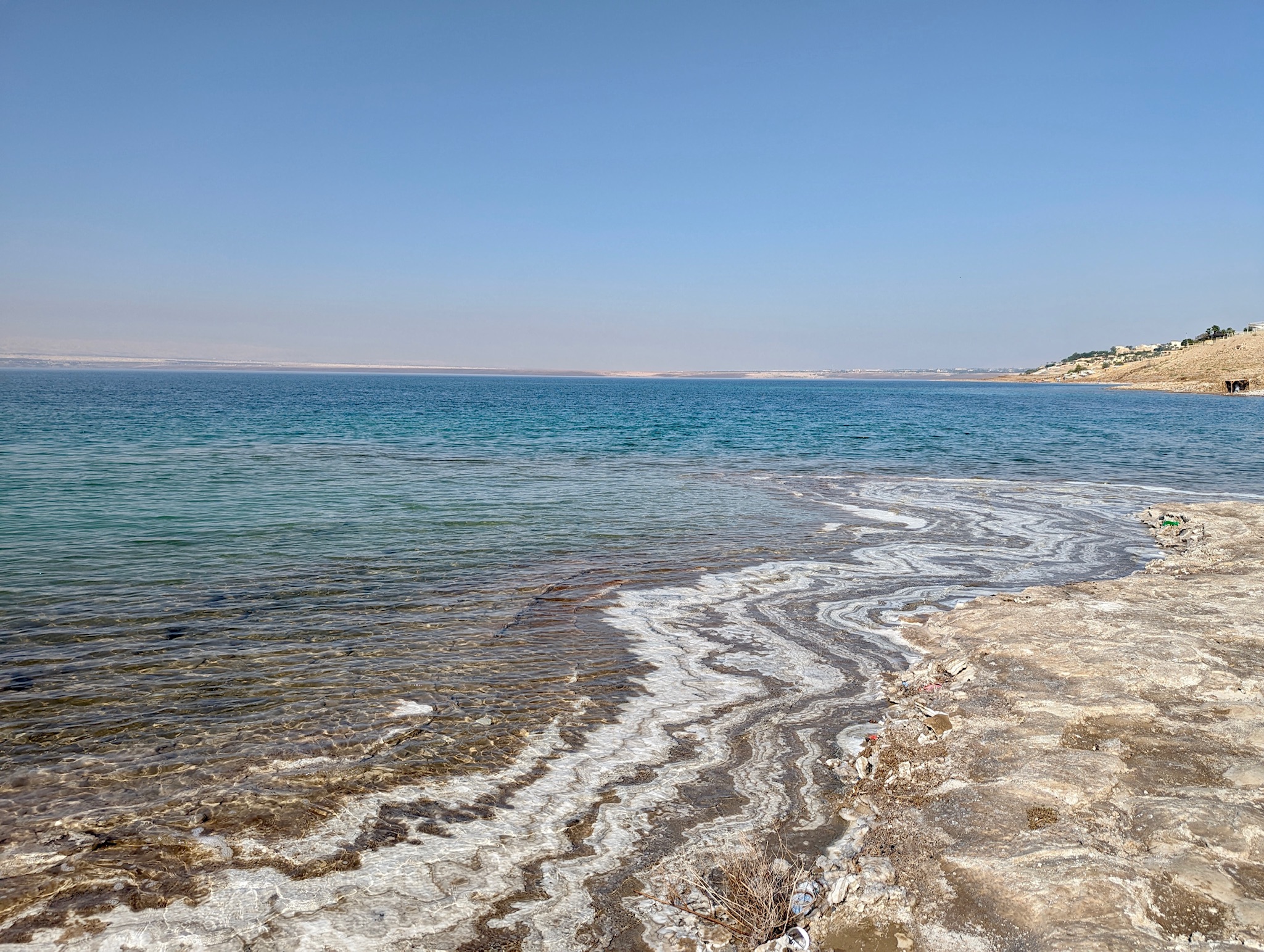
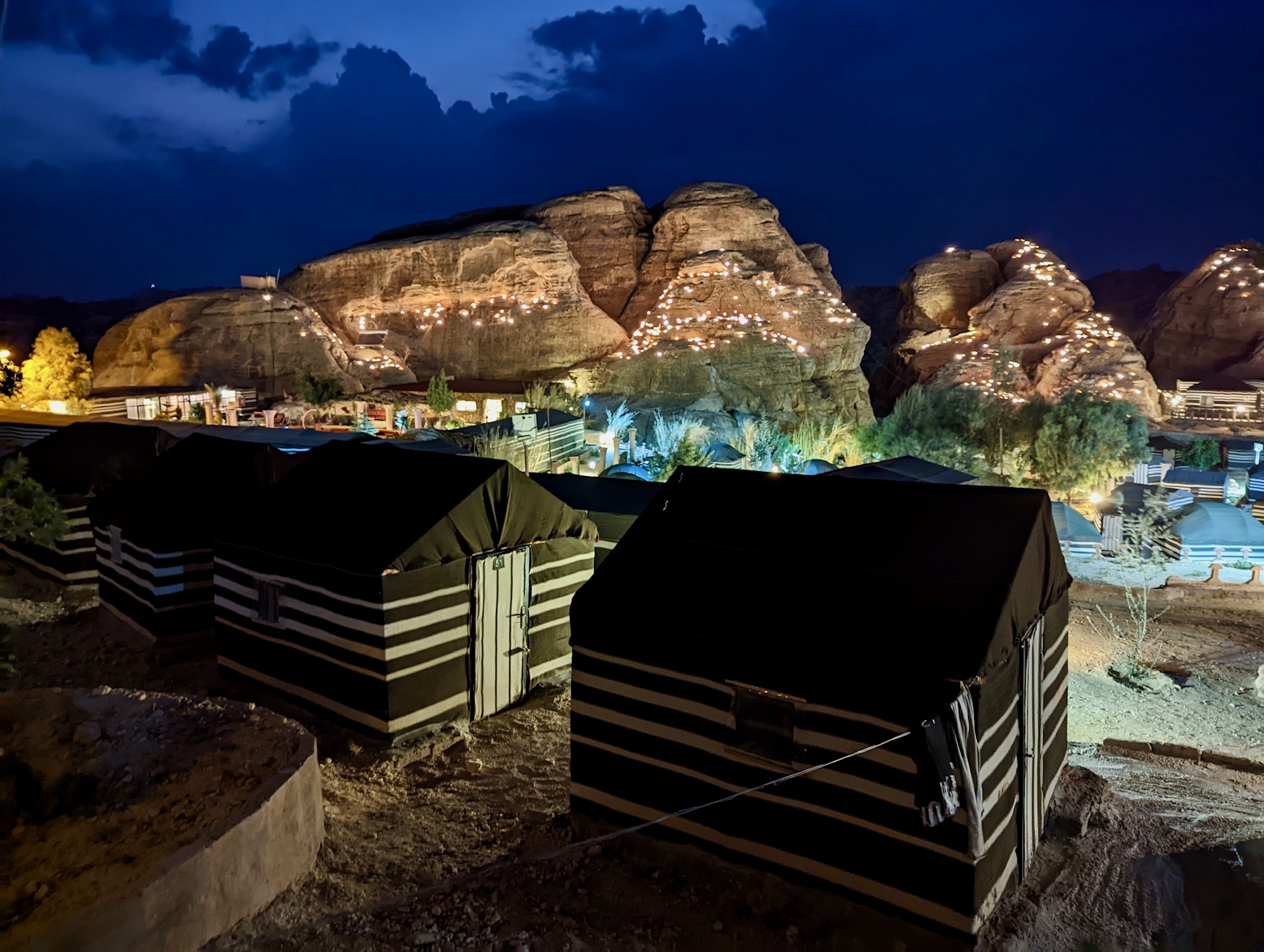
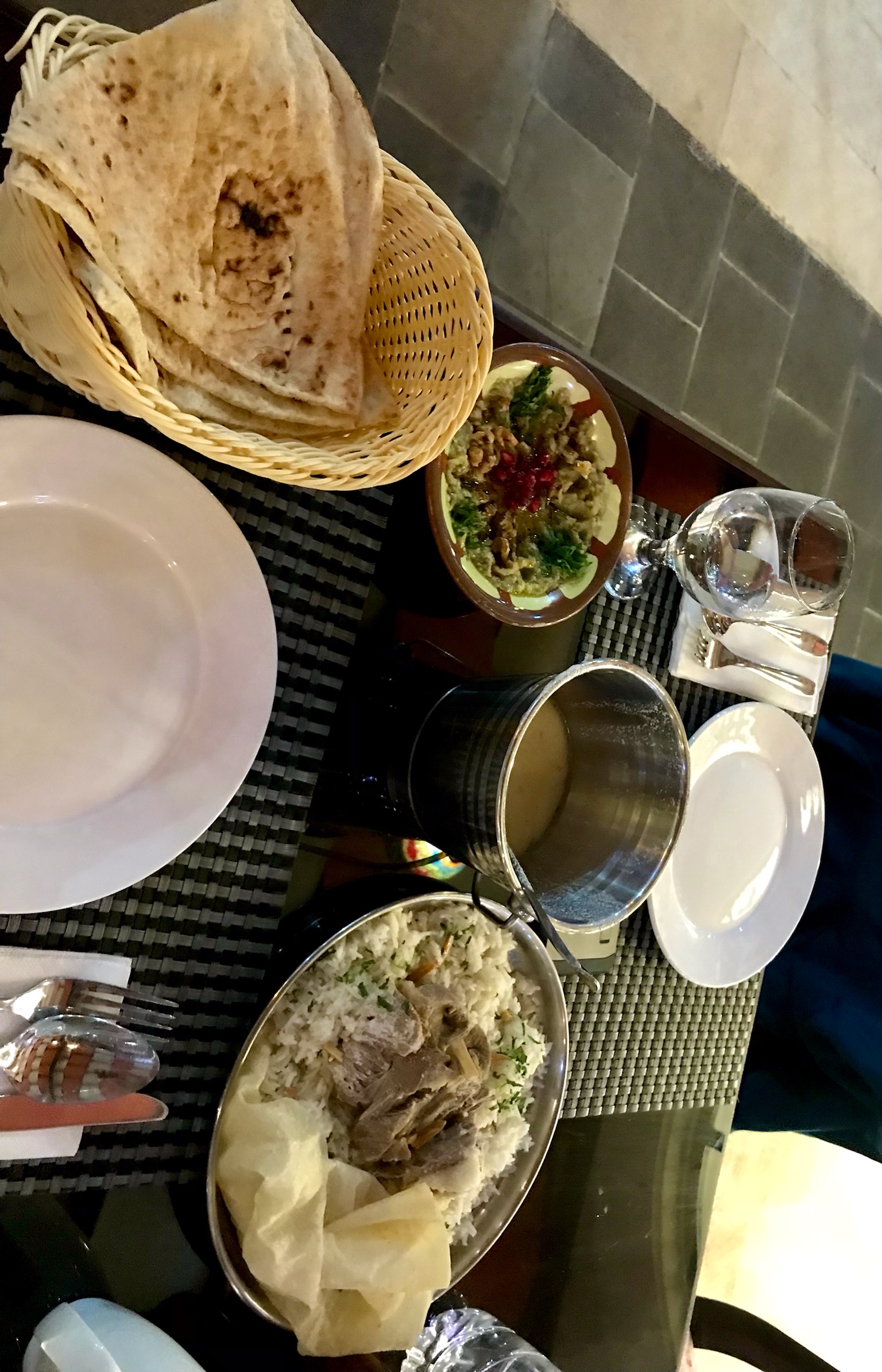
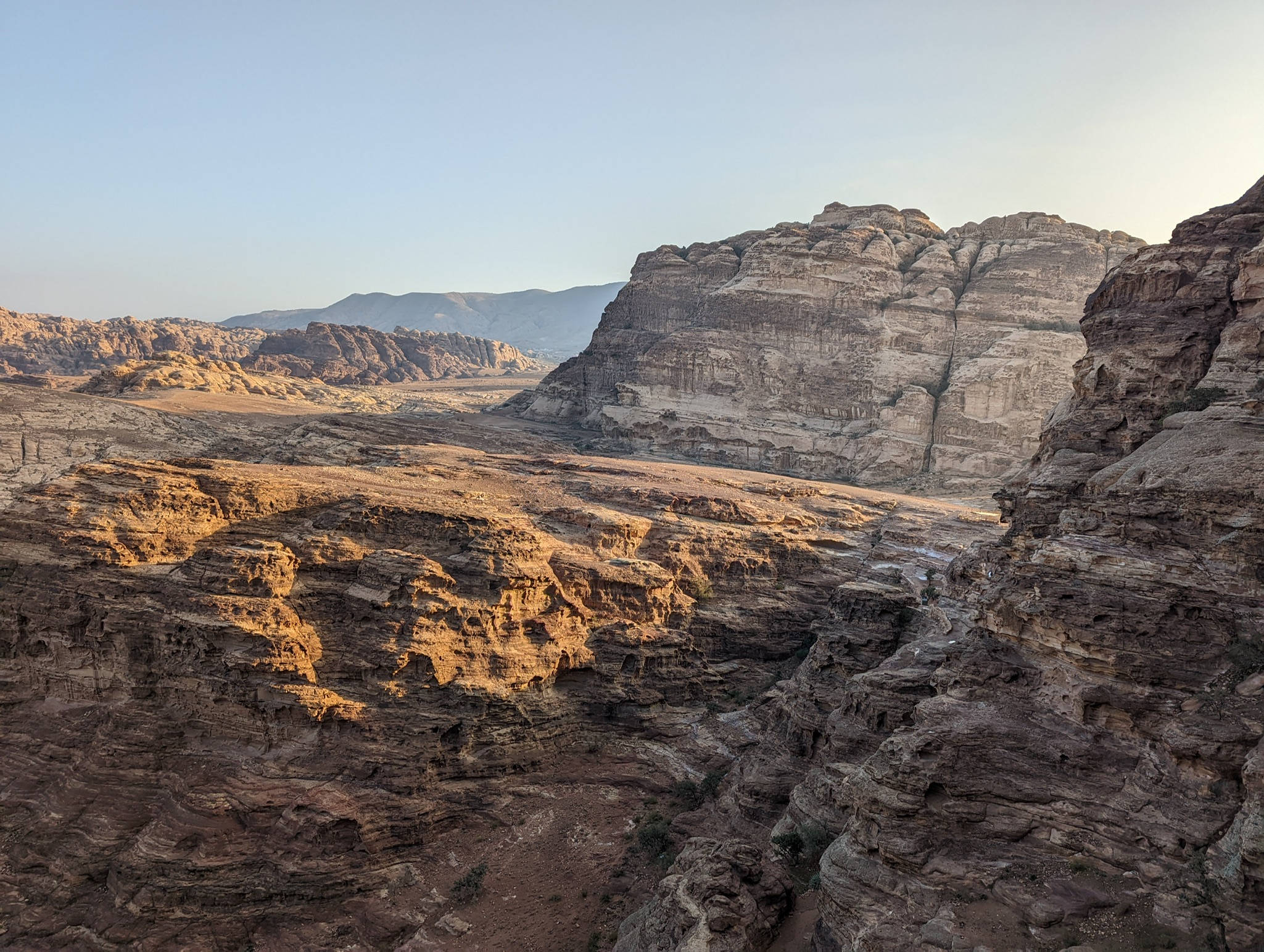

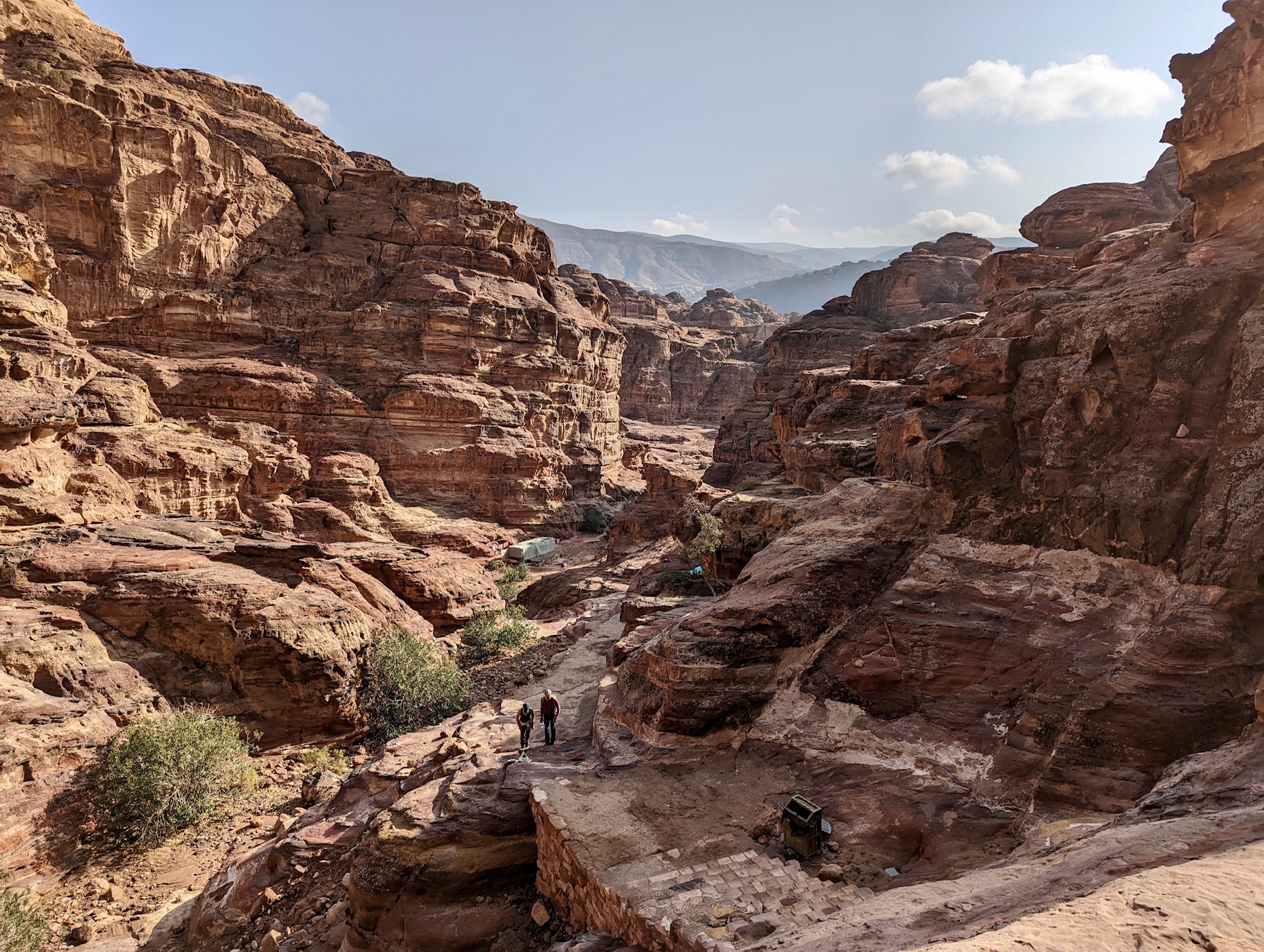
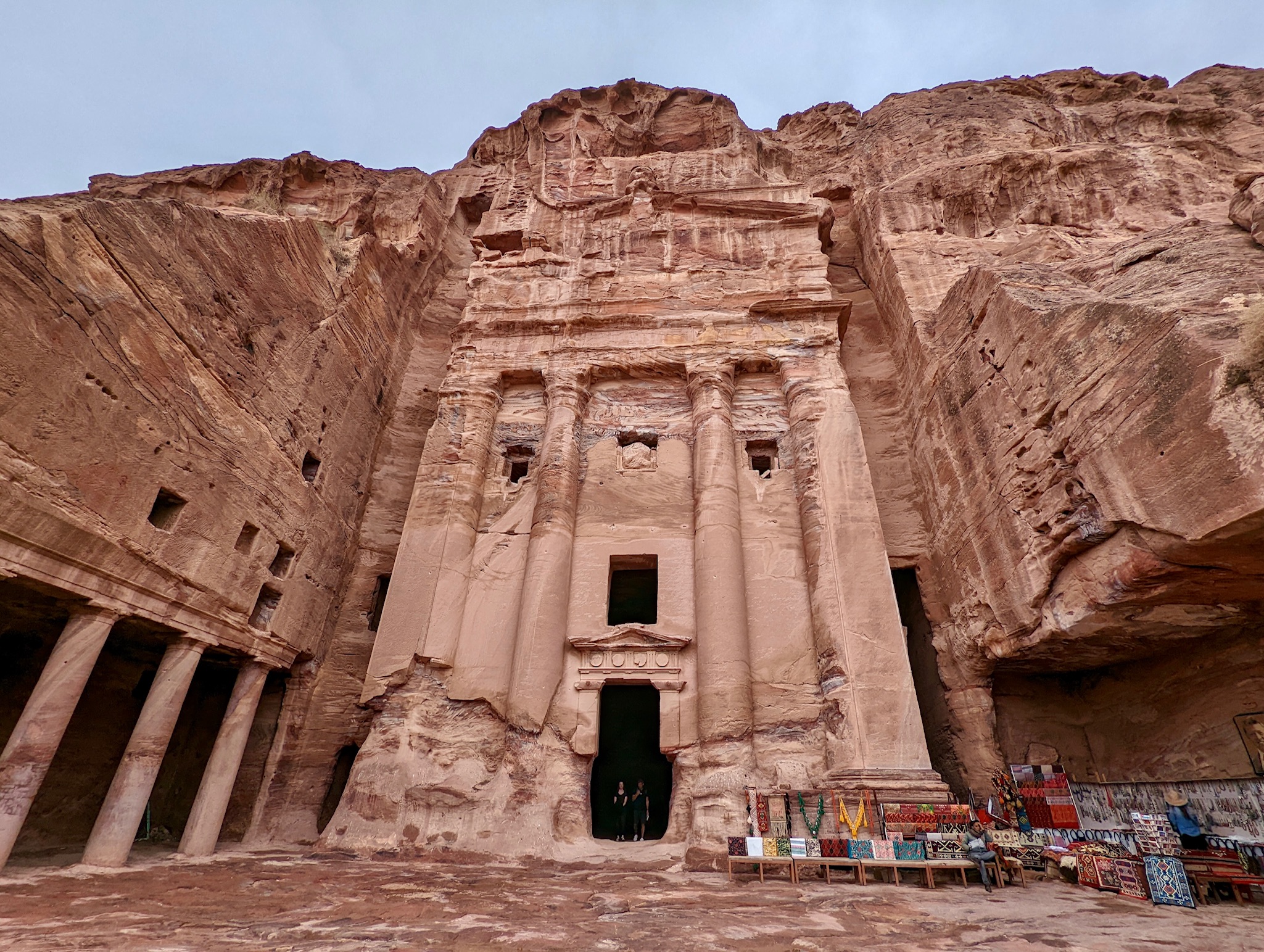
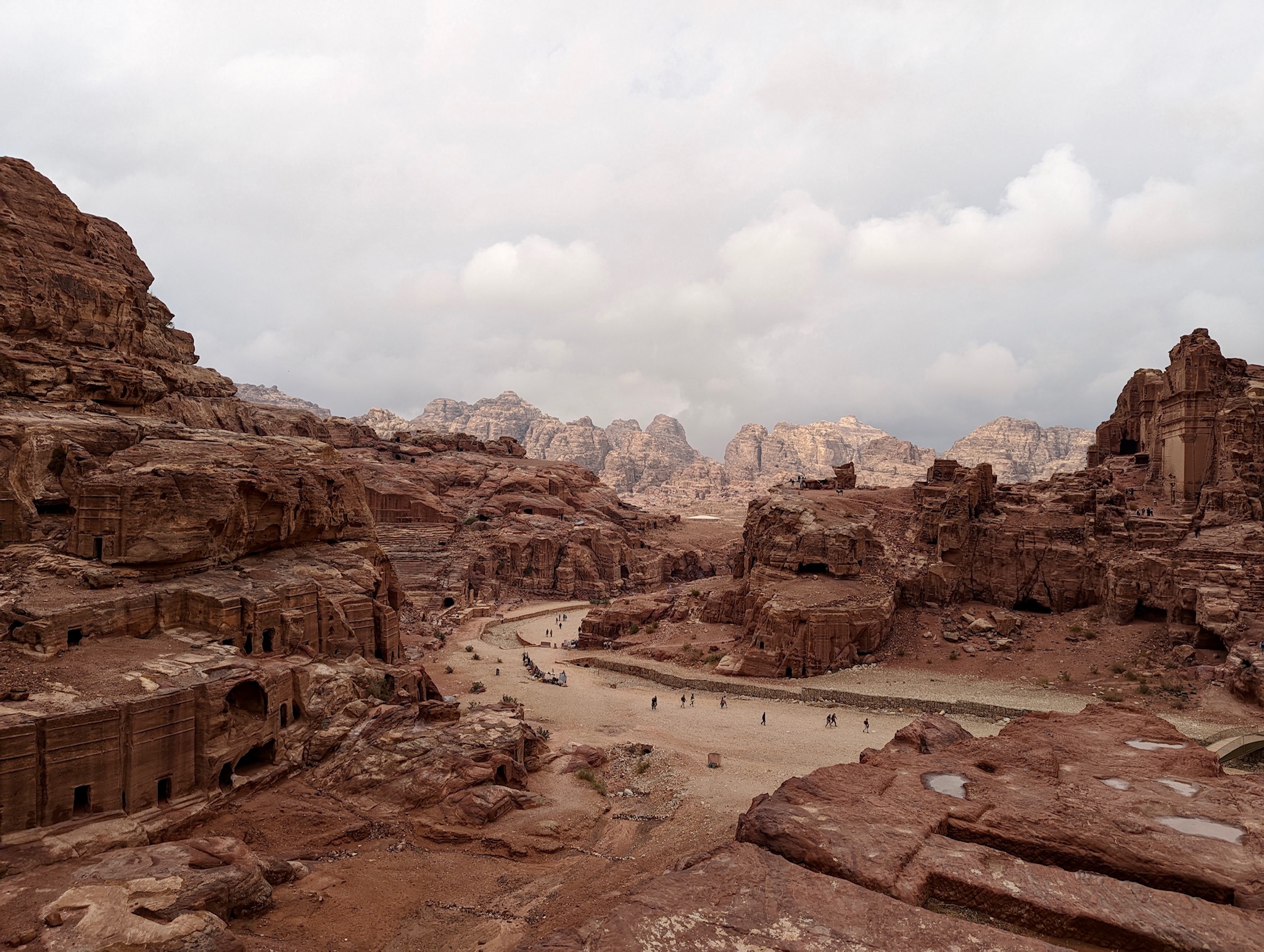
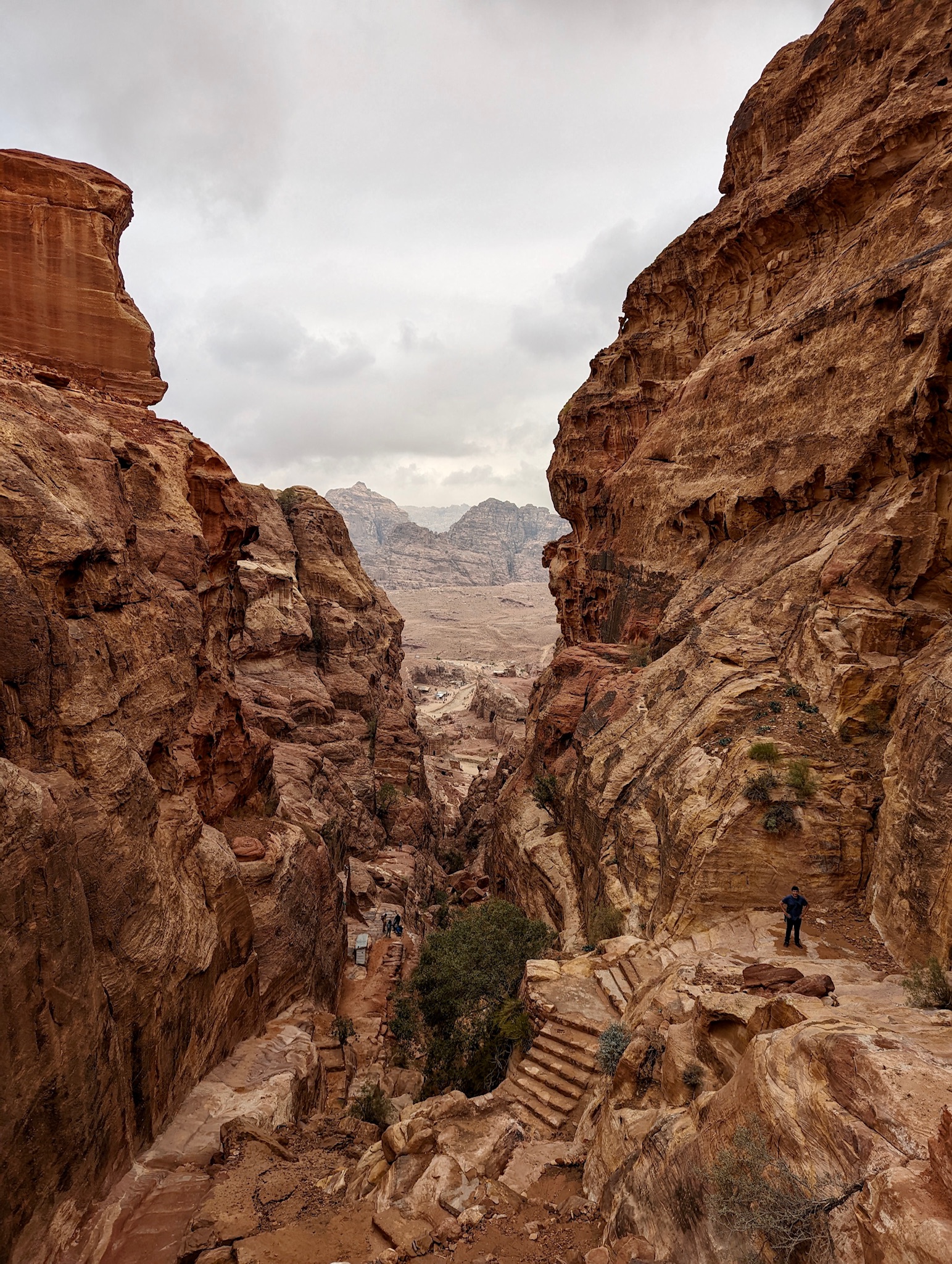
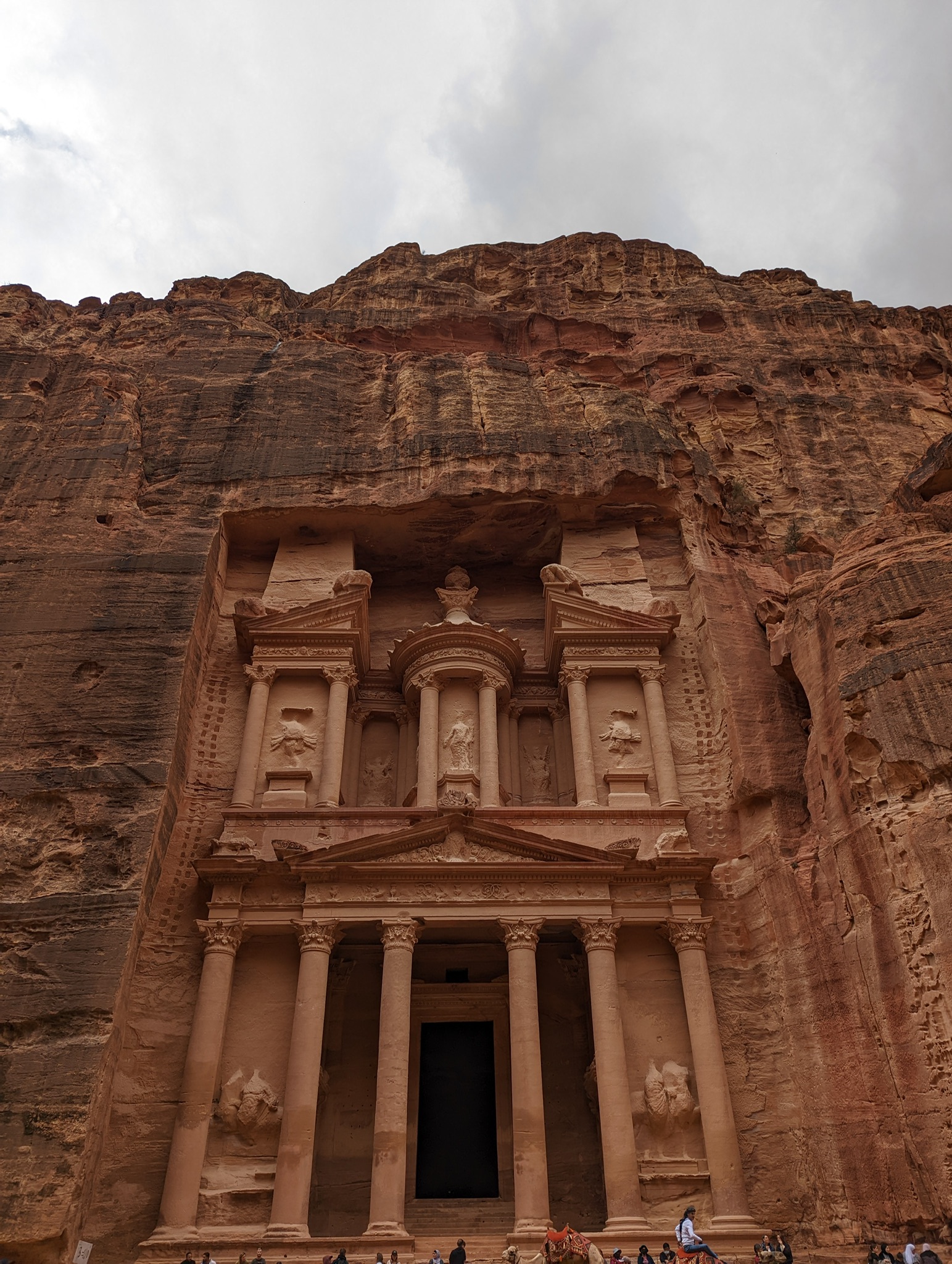
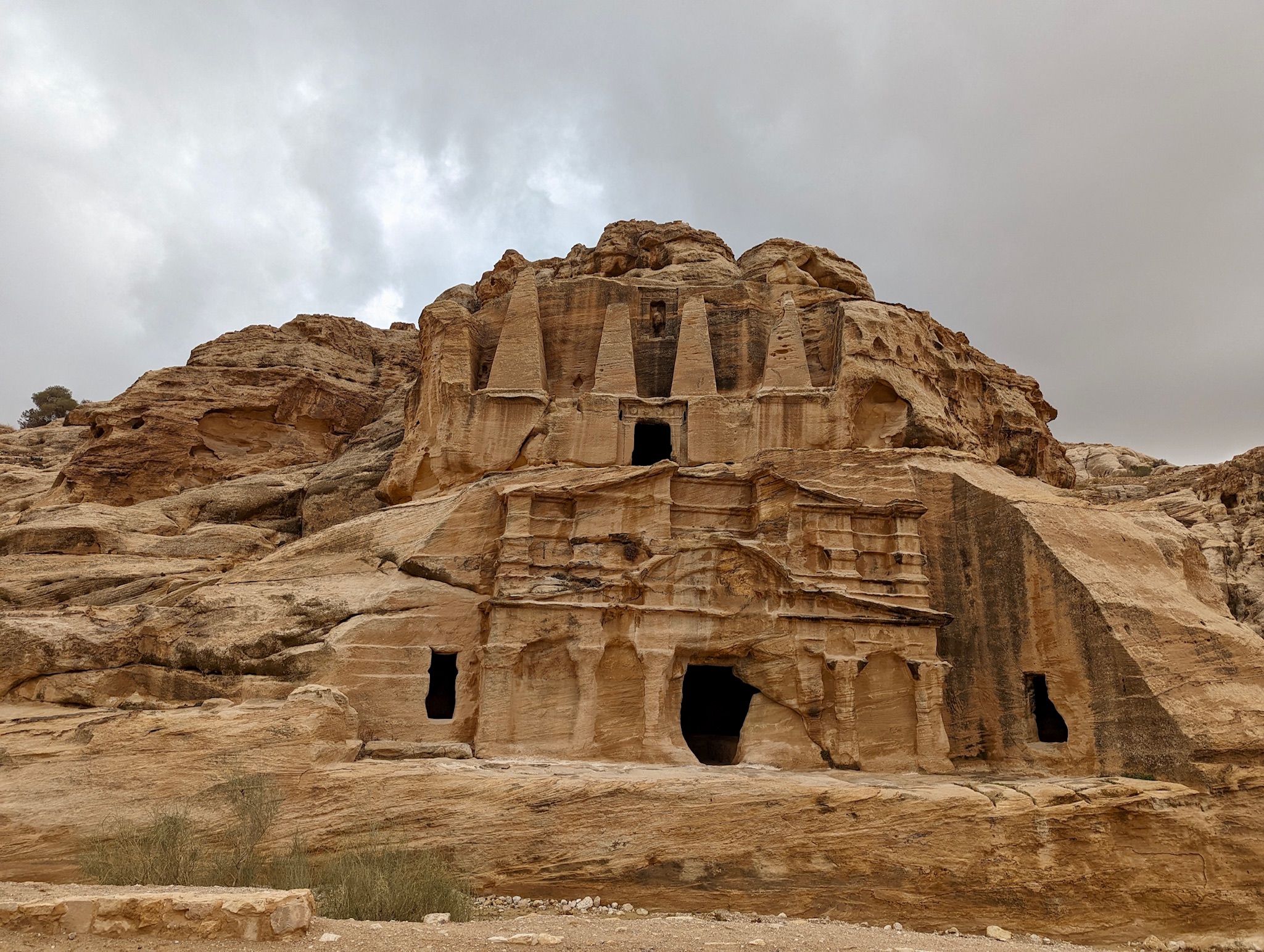
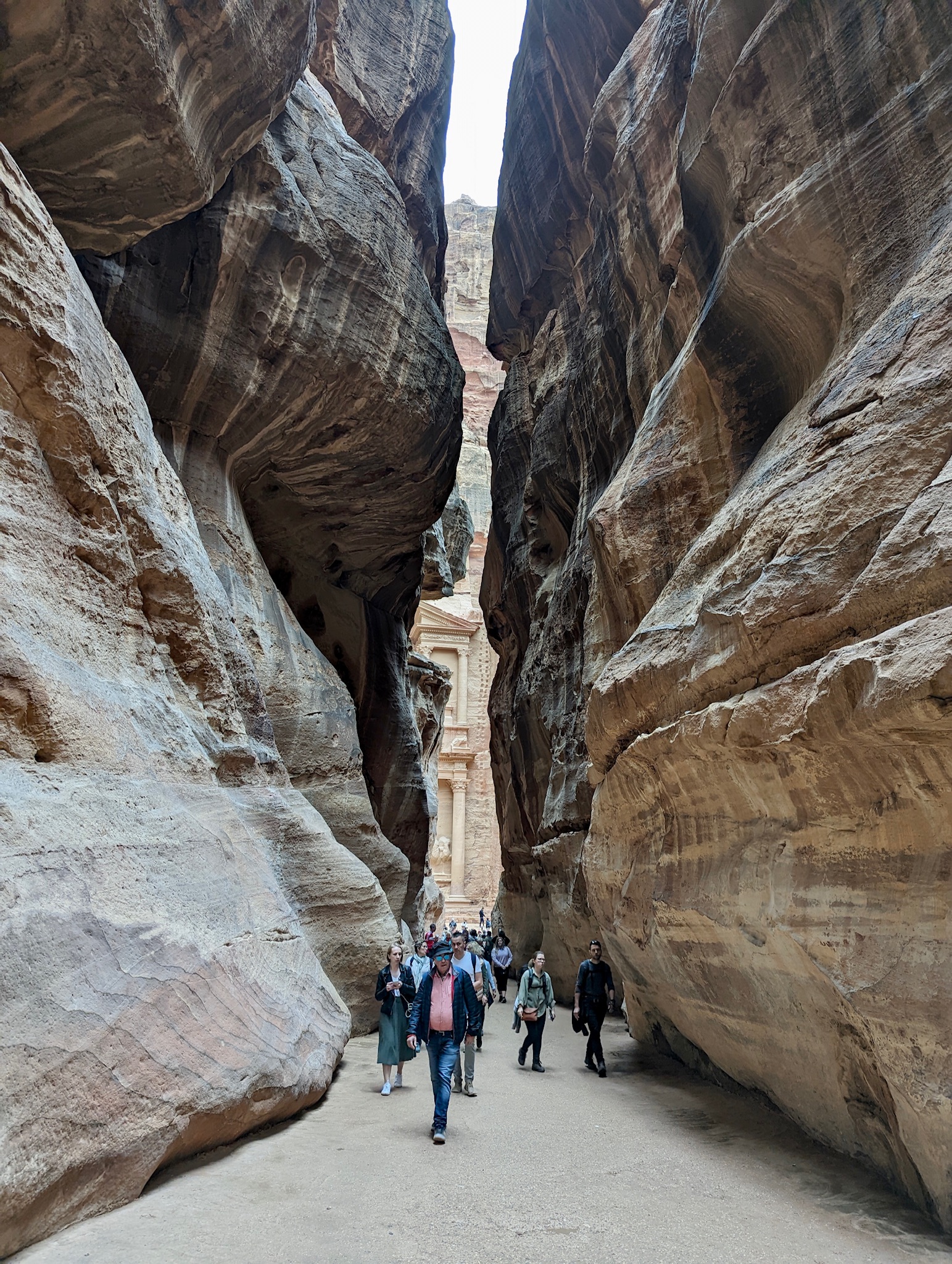
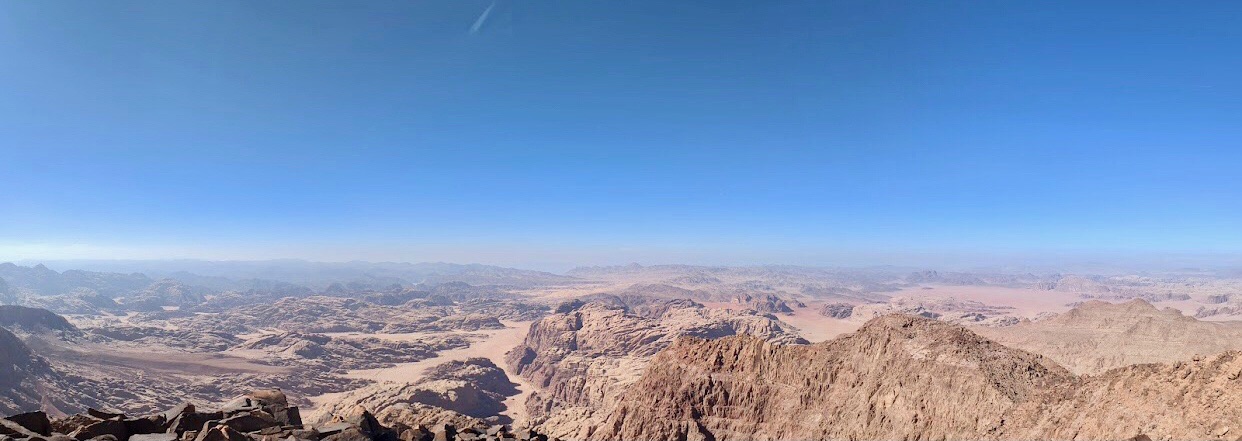
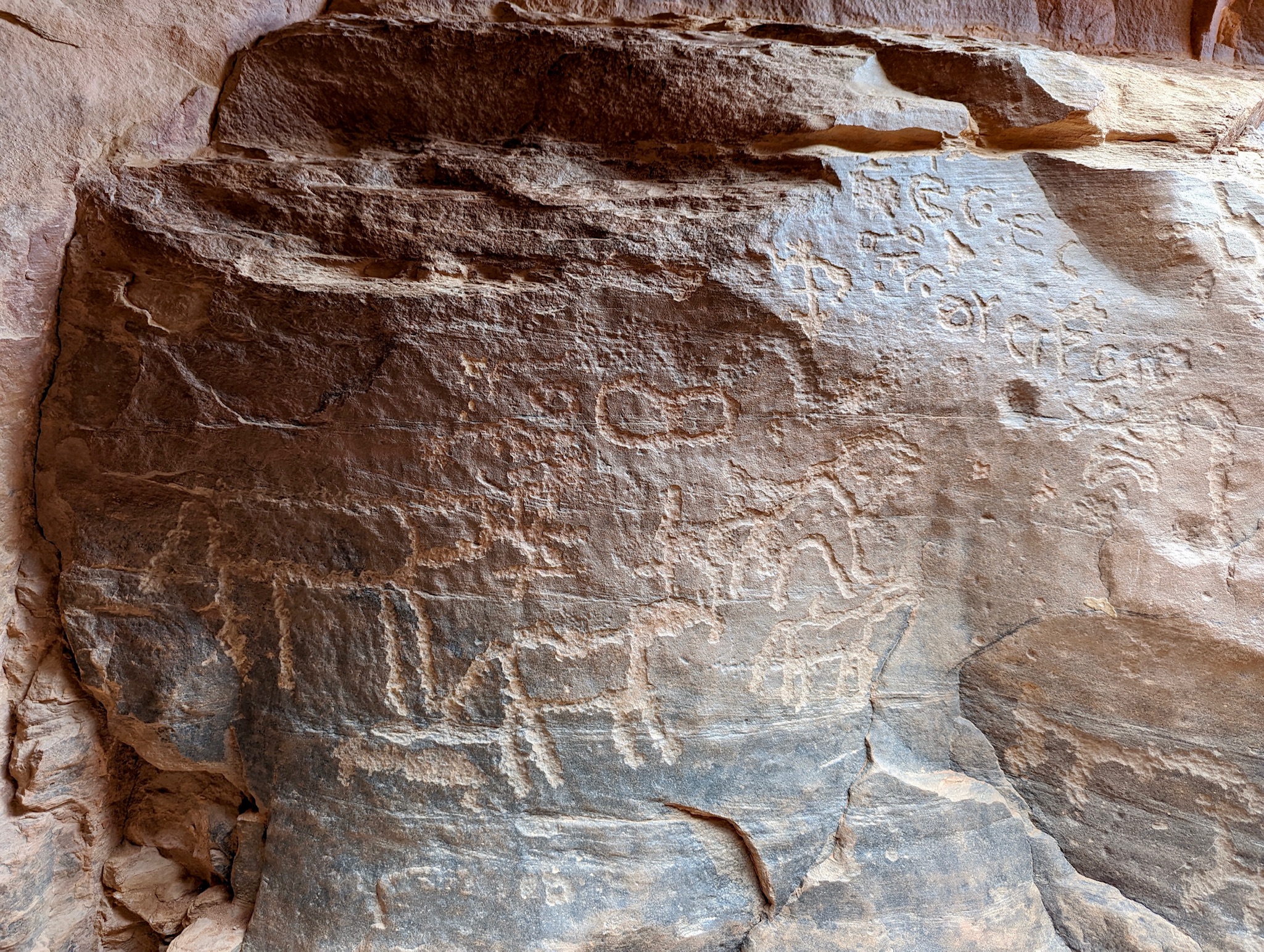
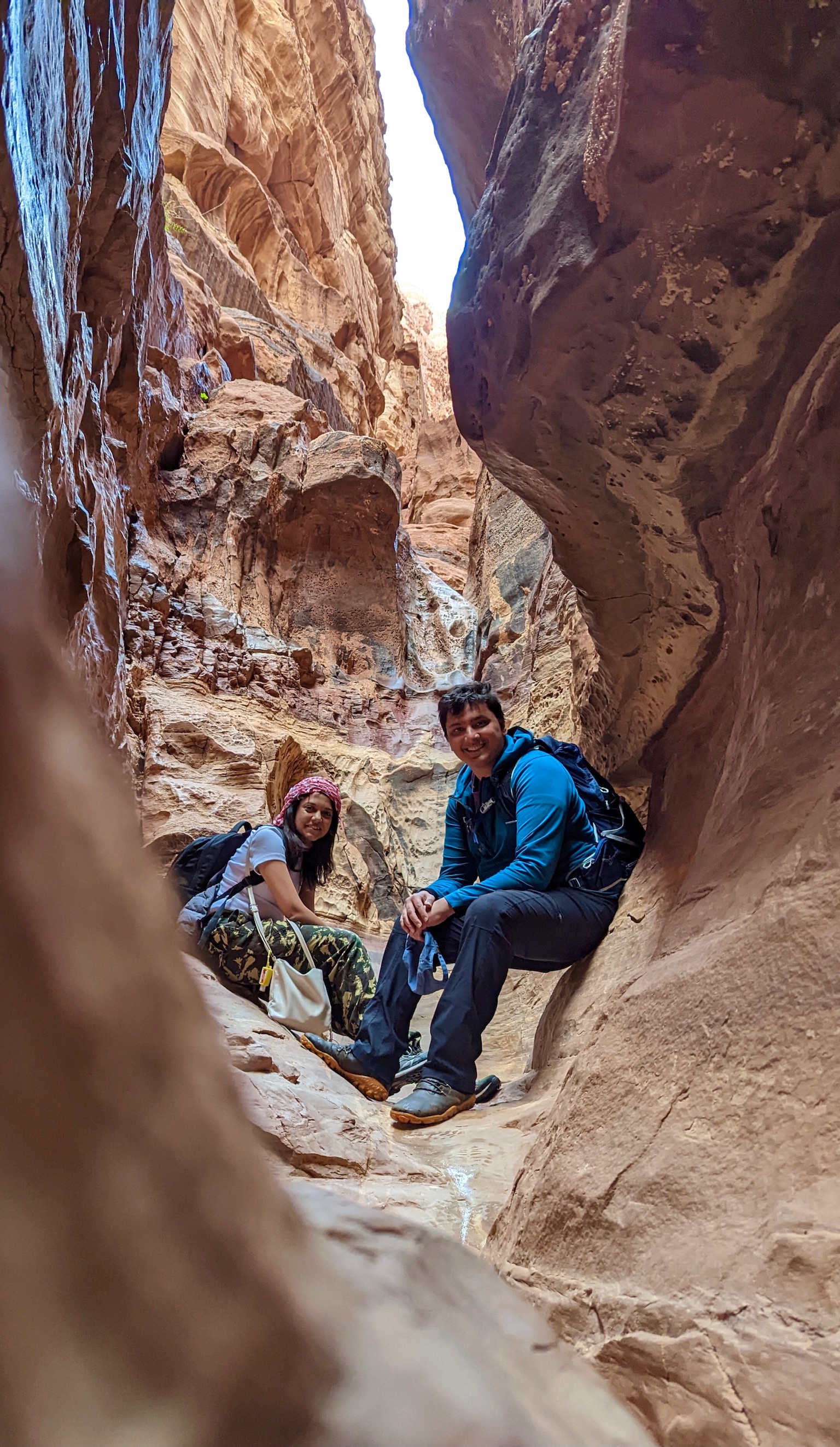

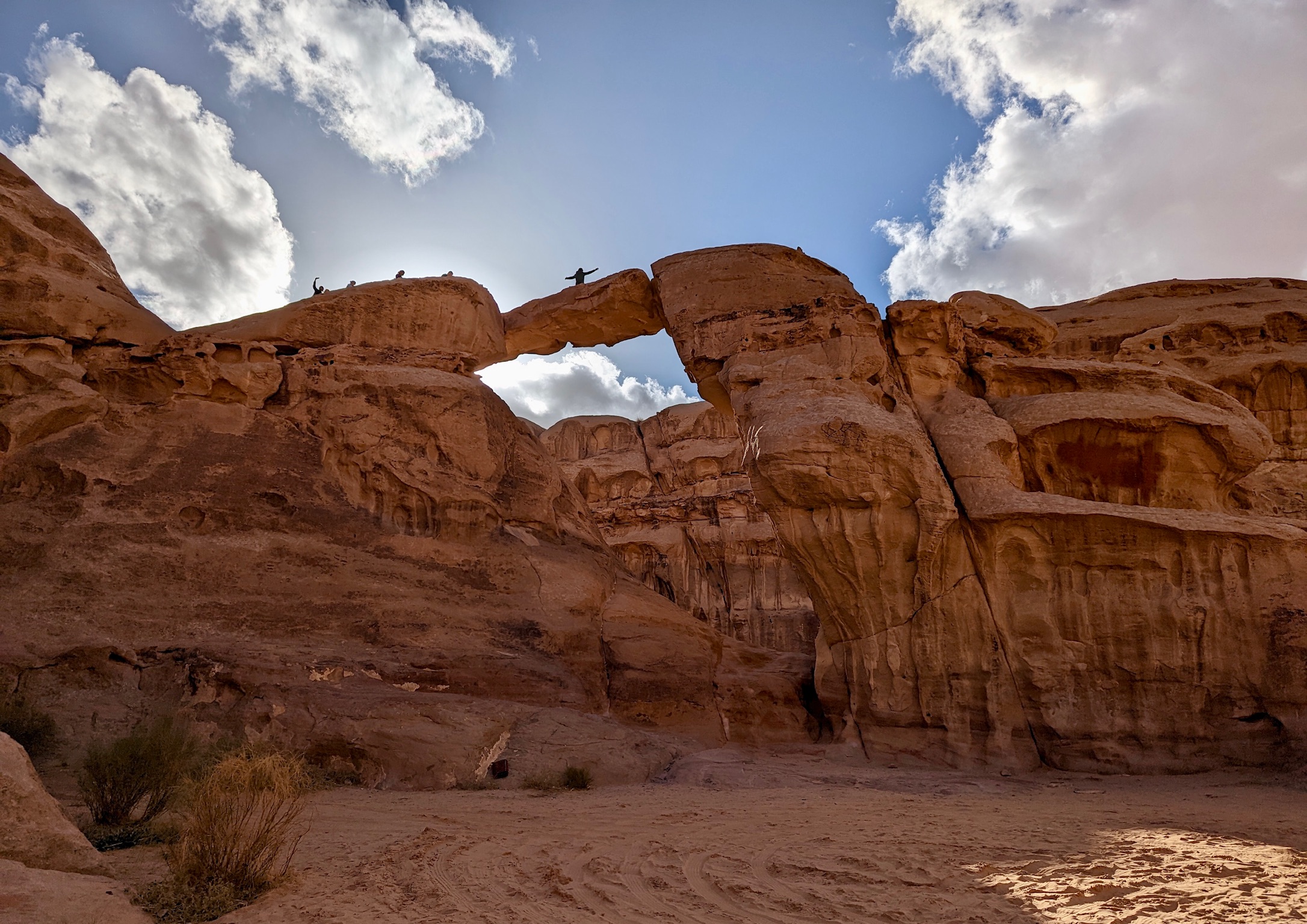
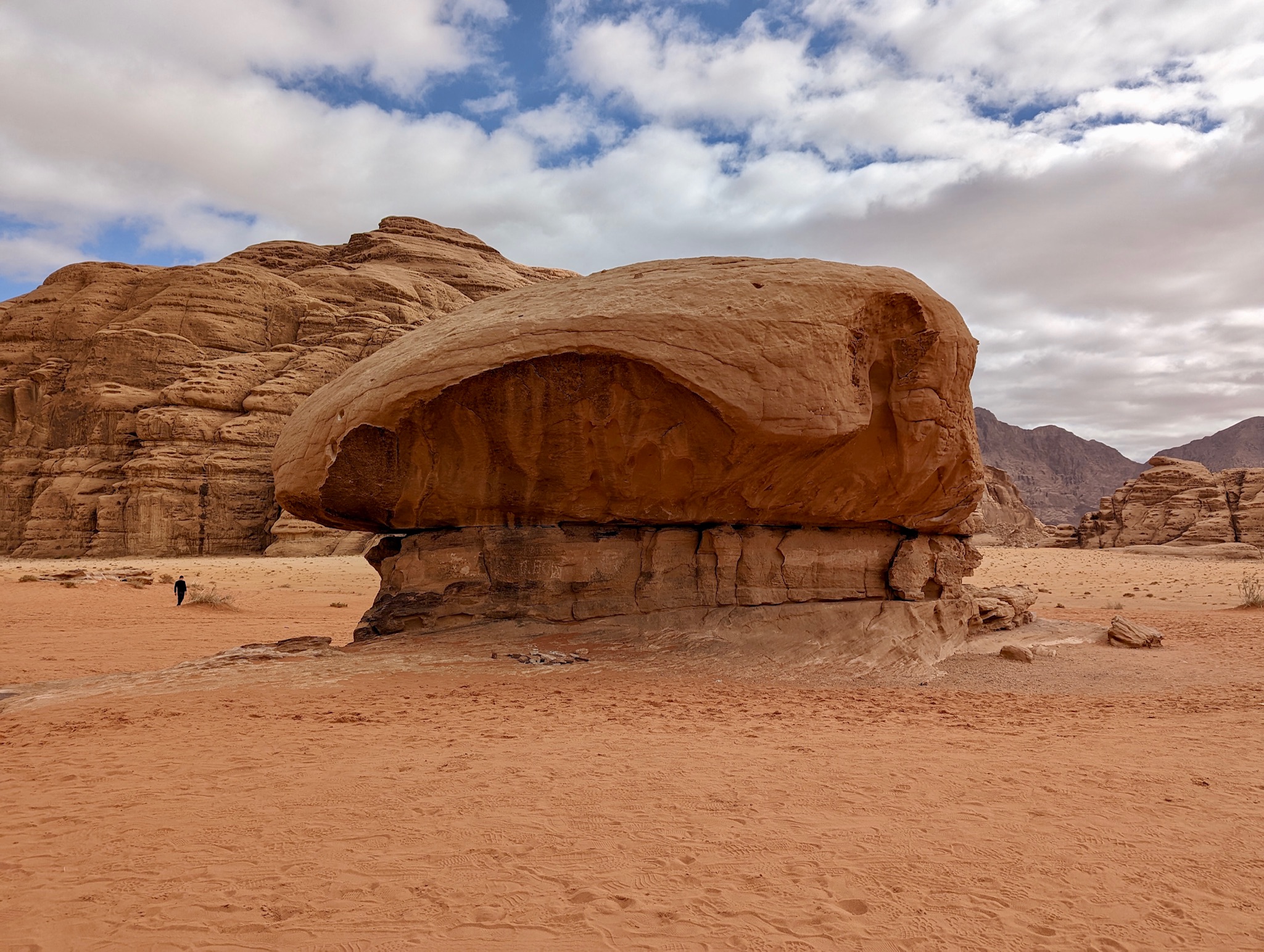
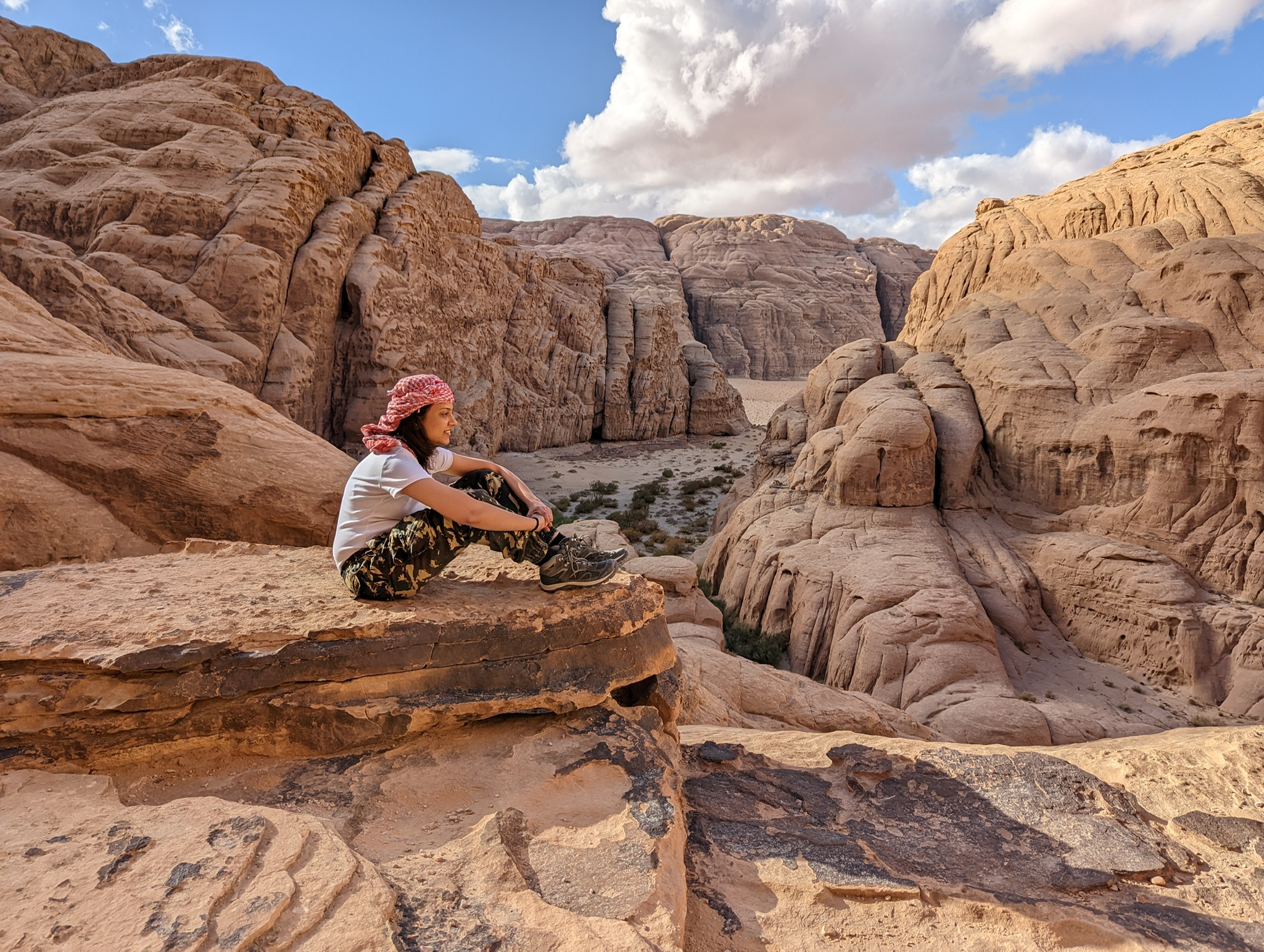
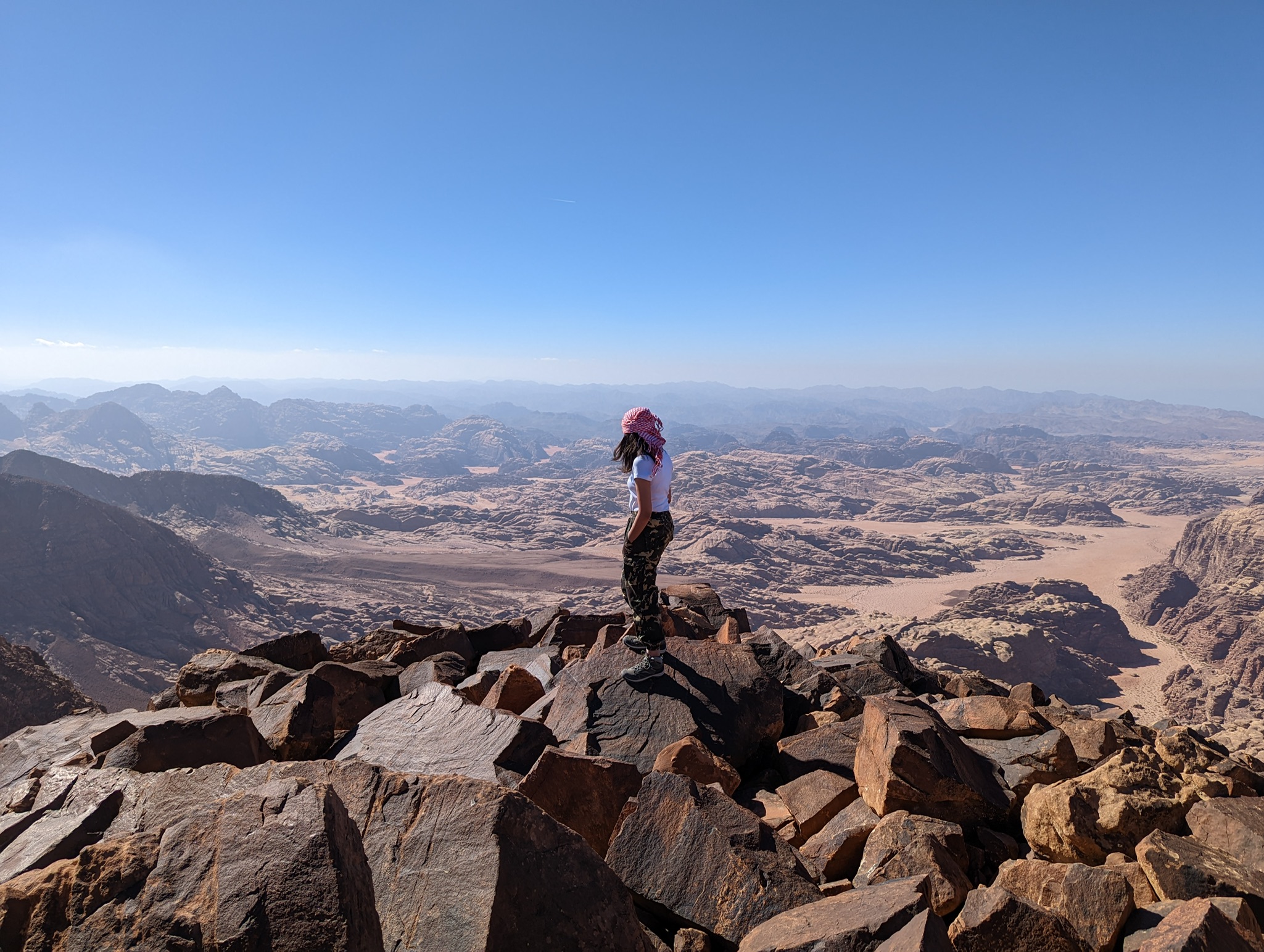

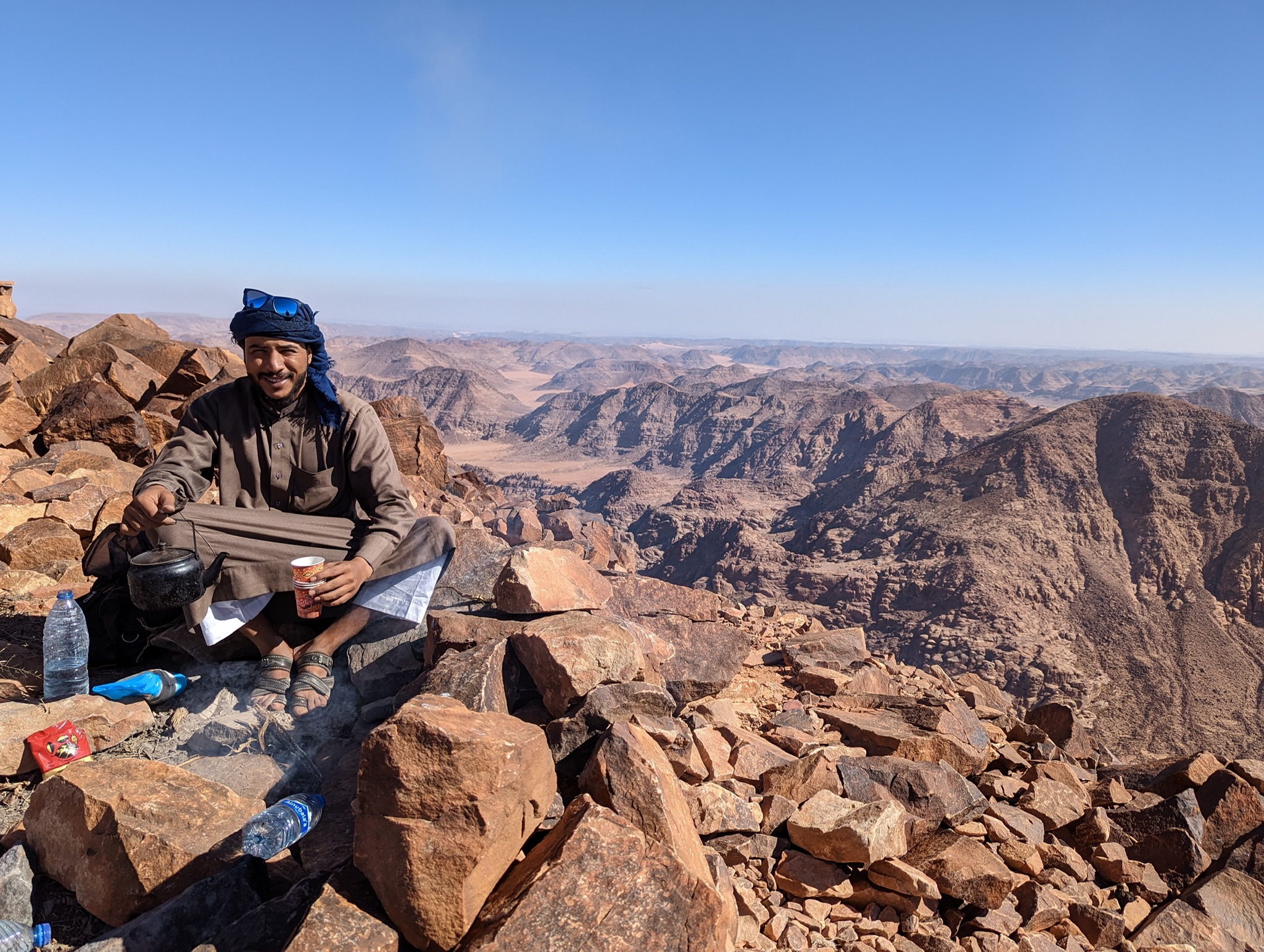
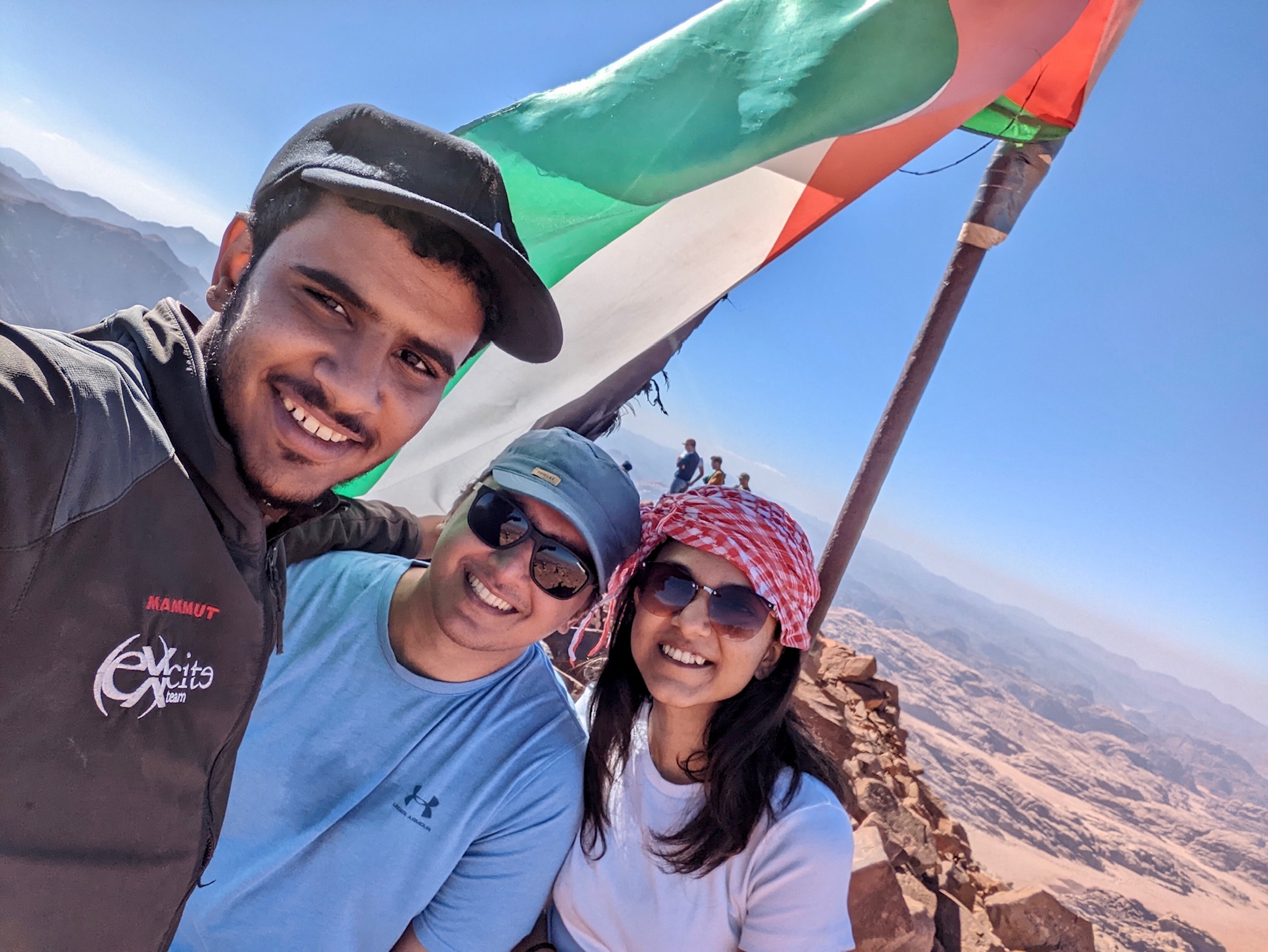
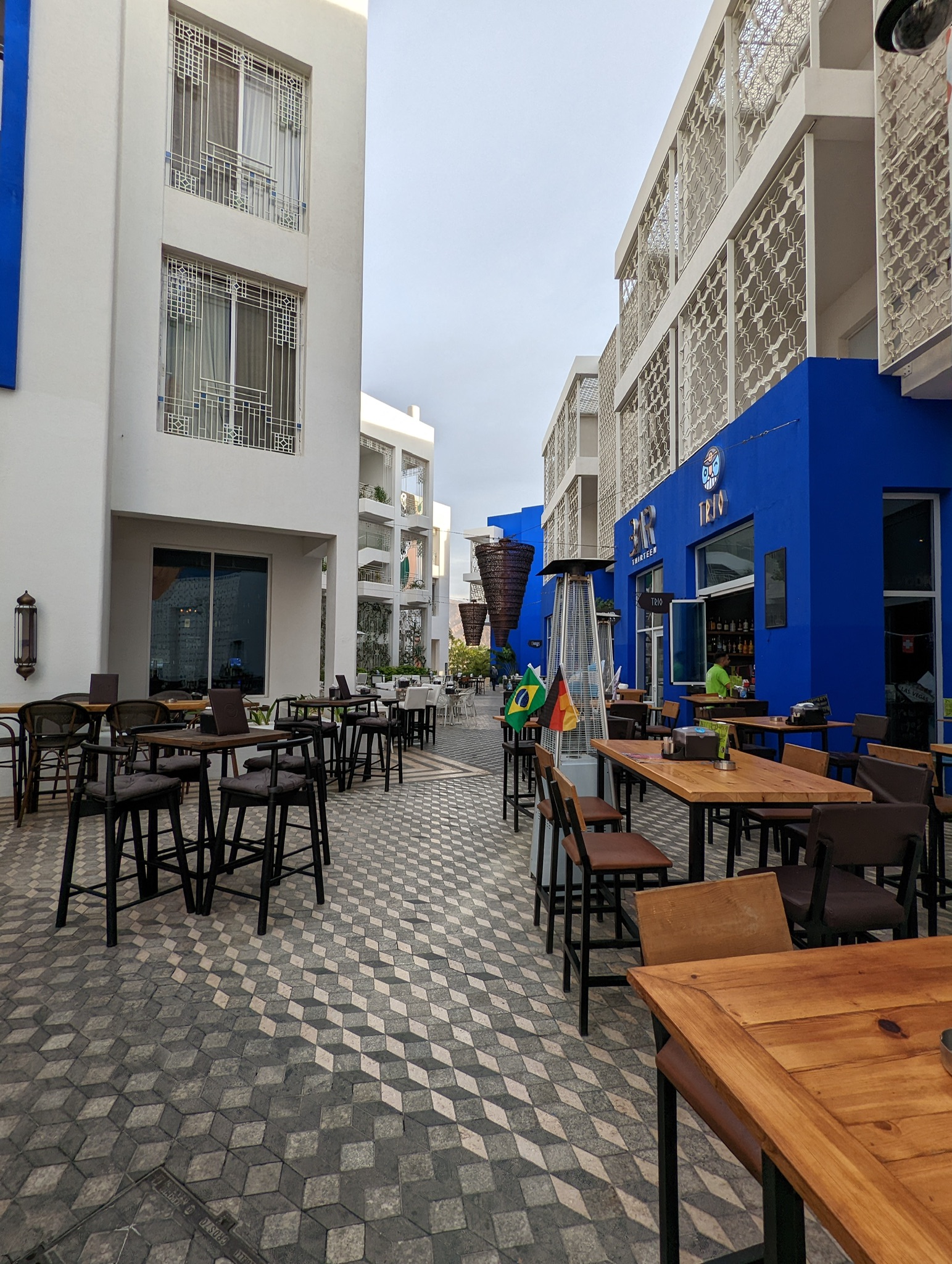
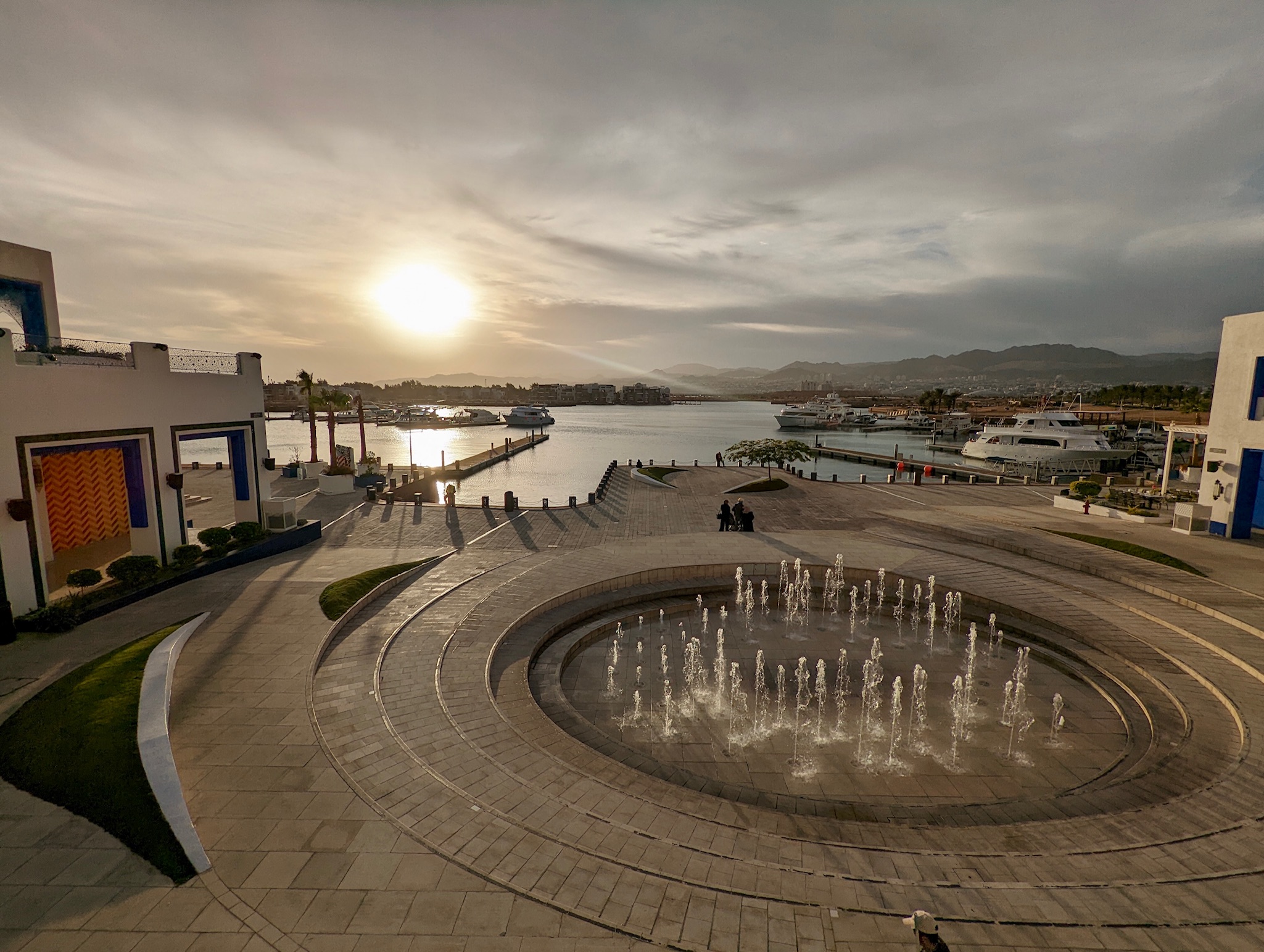
Leave a Reply